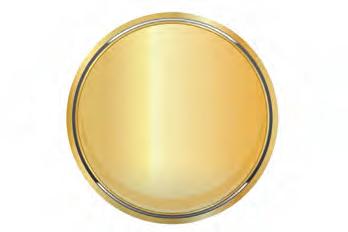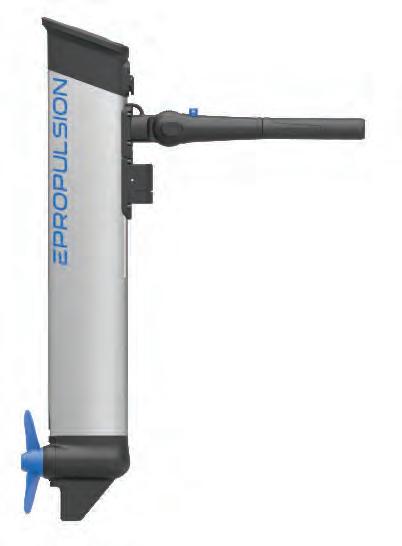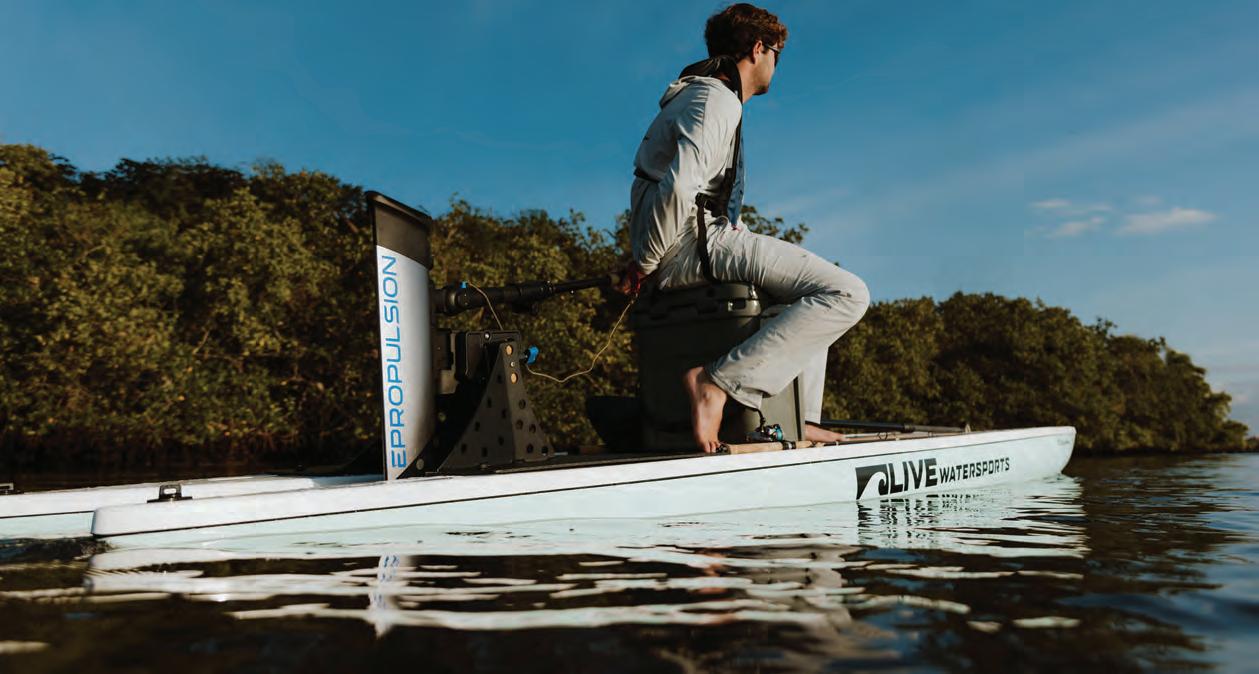




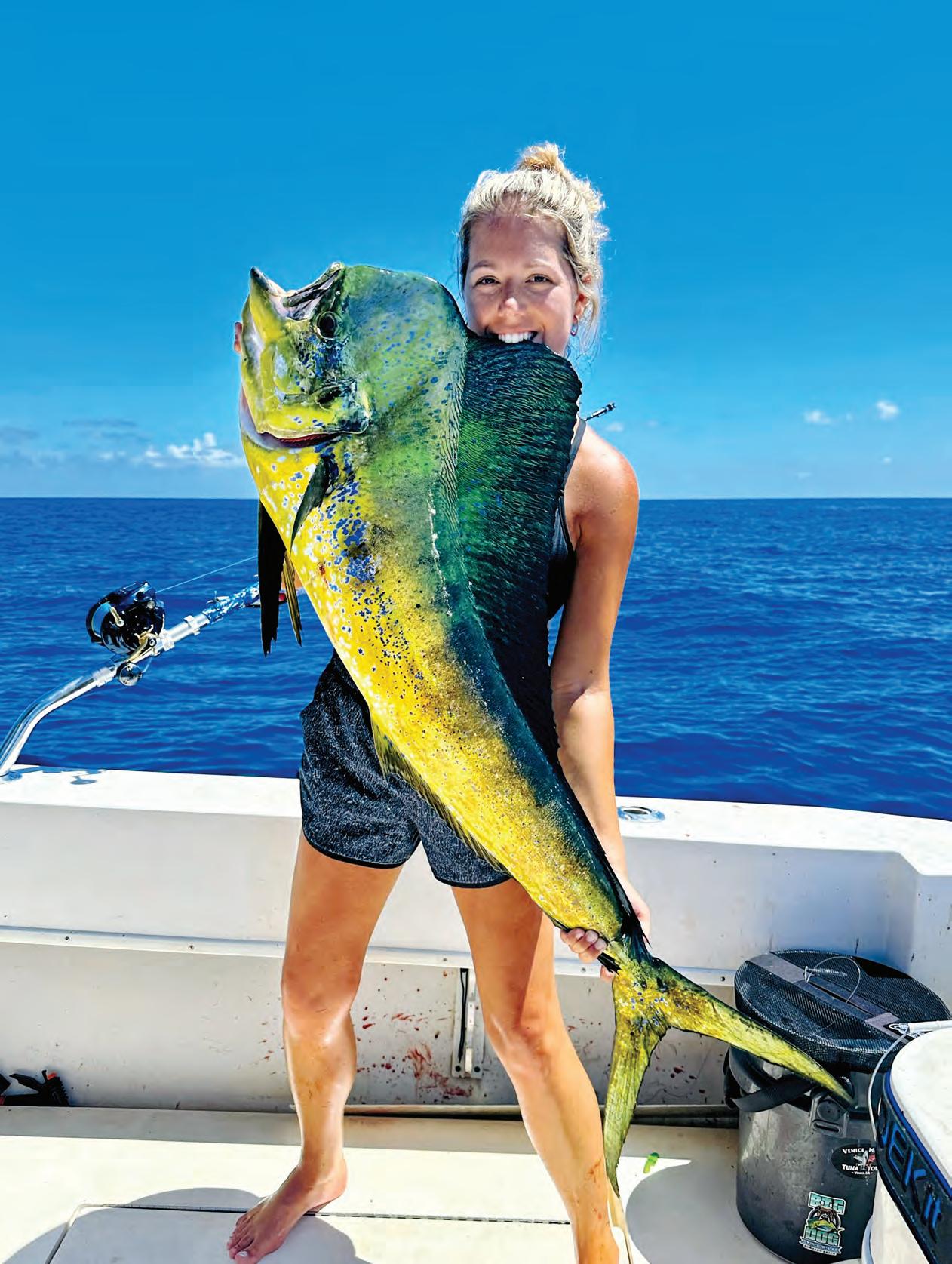
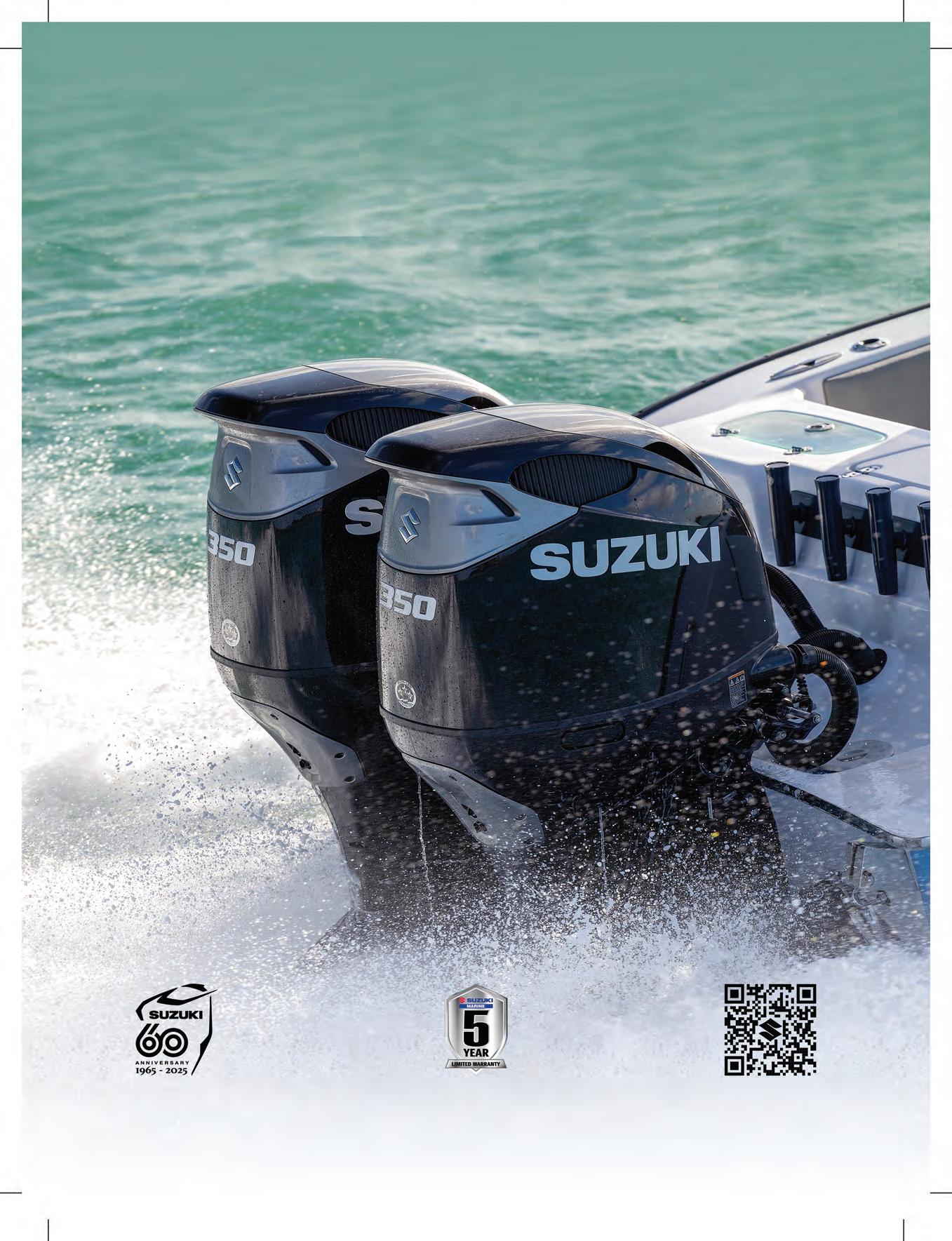

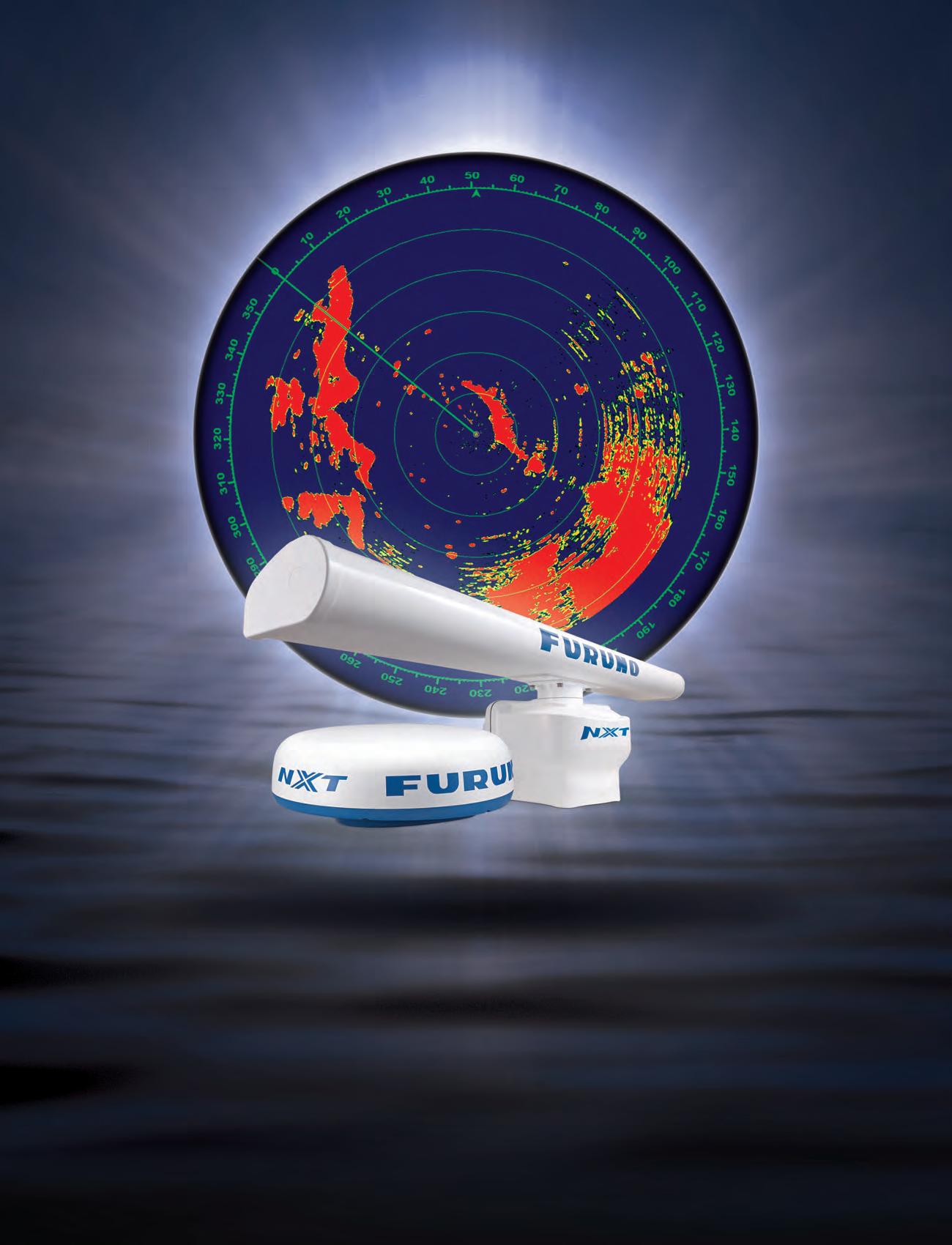
You’re looking at it! Furuno’s award-winning Radar gives you clarity & target separation like no one else. Don’t take our word for it. See for yourself. Scan here, and we’ll show you!





















You’re looking at it! Furuno’s award-winning Radar gives you clarity & target separation like no one else. Don’t take our word for it. See for yourself. Scan here, and we’ll show you!











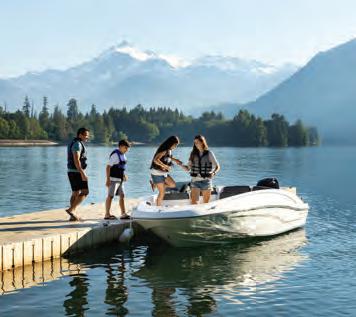






Embarking on the open water is an exhilarating experience, flled with the promise of adventure and relaxation. Whether you’re a seasoned sailor or a weekend cruiser, protecting your vessel with proper insurance is not just a choice—it’s a necessity. Explore the reasons why every boat owner should prioritize boat insurance for a worry-free voyage.
The open water can be unpredictable, with unexpected storms, collisions, or other potential accidents. Boat insurance can give you fnancial protection if there is damage to your vessel, providing coverage for repairs or replacement.
Accidents on the water can result in damage to other boats, docks, or even injuries to passengers. Boat insurance offers liability coverage, which can pay for damages or injuries you’re liable for while boating, up to specifed limits, and lawsuit costs if you’re sued. This includes damage you cause to another watercraft or if someone on or near your boat is injured and you’re found to be legally responsible.
Unfortunately, boat theft and vandalism are realities that boat owners face. Boat insurance has comprehensive and collision coverage that can protect you against events outside of your control, including theft and vandalism.
Accidents on the water may lead to injuries for you or your passengers. Boat insurance offers a range of optional medical payments coverage limits, helping to cover medical expenses if you are in an accident or someone is hurt on your boat, regardless of fault.
If you fnanced the purchase of your boat, most lenders require insurance coverage to protect their investment. Having boat insurance not only fulflls these requirements but also gives you peace of mind knowing that your fnancial interests are safeguarded.


Some water municipalities and marinas may require proof of insurance for docking or accessing certain areas. Boat insurance allows you the fexibility to explore different destinations without worrying about entry restrictions.
Emergency towing and assistance
Progressive boat insurance can include optional Sign & Glide® On-Water Towing coverage. If your boat is disabled or breaks down on the water, Sign & Glide® pays for on-water towing, jump starts, soft un-groundings, and fuel delivery.
Wreckage removal
If your boat sinks, Progressive boat insurance will cover the cost of removing your boat from the water (if removal is legally required).
Investing in boat insurance is not just about protecting a valuable asset; it’s about safeguarding the memories, experiences, and joy that come with your on-water adventures. Don’t let unforeseen circumstances disrupt your journey—navigate with confdence, knowing that Progressive boat insurance has you covered. Ensure a smooth and worry-free voyage, because when it comes to your boat, peace of mind is the ultimate luxury.
Scan to get a quote in as little as 4 minutes
learn more.




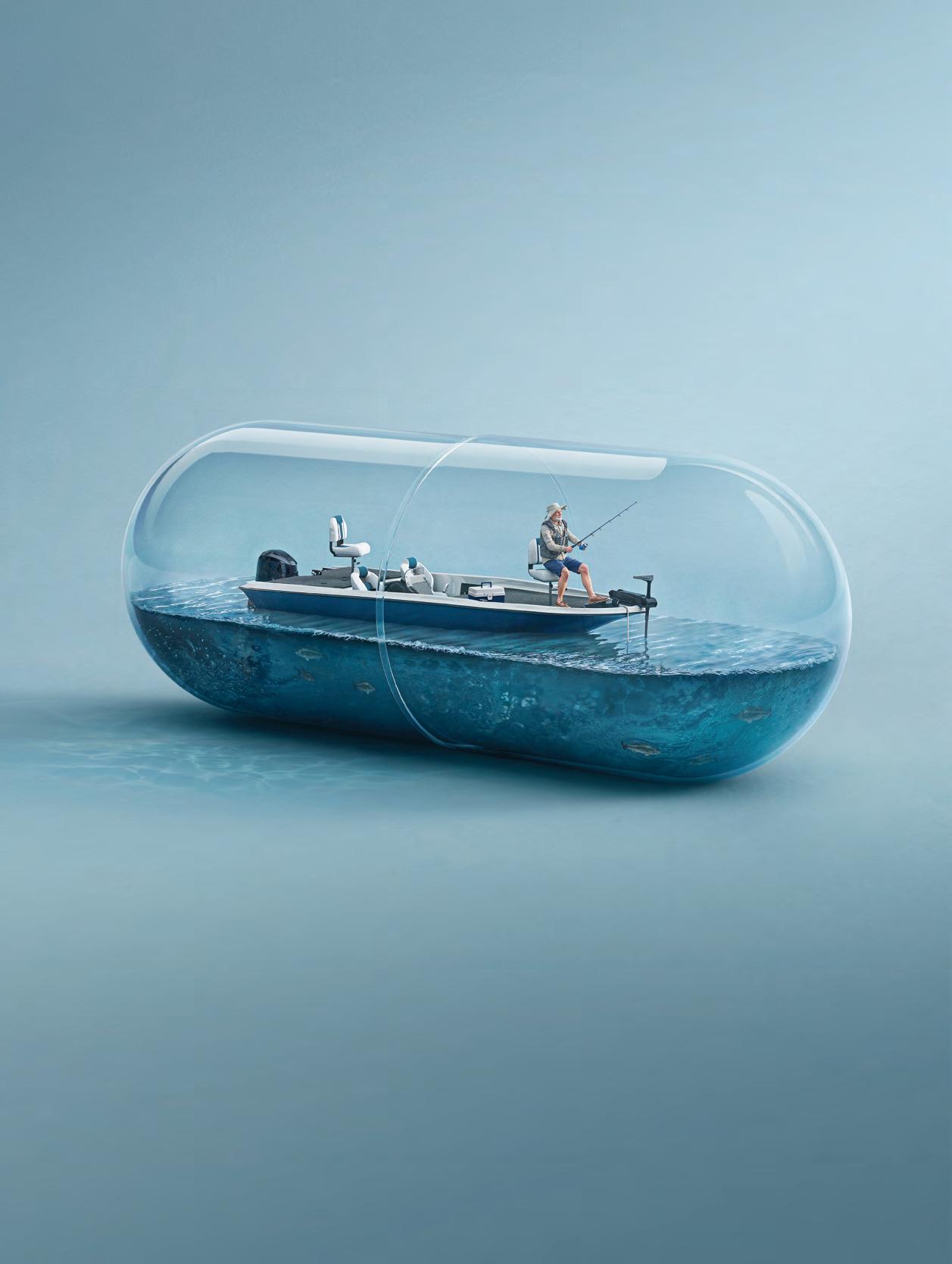
















Nestled in the scenic Blue Ridge Mountains of North Georgia against a backdrop of forests and river banks, the bustling Bavarian alpine village of Helen o!ers a wealth of shing opportunities for anglers of all skill levels.
By Unicoi Out tters
Trout shing is a highlight in the Helen area, with rainbow, brown, and brook trout abundant in local waters. Anglers can explore various shing experiences:
• High-Elevation Wild Trout: Tackle small creek wild trout in the serene mountain streams.
• Stocked Streams: Fish in streams replenished by the Georgia Wildlife Resources Division, o!ering both catch-and-keep and catch-andrelease options.
• Smithgall Woods State Park: Reserve a spot to pursue trophy trout in this pristine park.
• Private Water Access: Book guided or unguided trips on exclusive sections of the Chattahoochee and Soque Rivers.
#e optimal trout shing seasons are spring (March-May) and fall (October-November), with cooler water temperatures and comfortable
air conditions. Winter shing is also rewarding for those prepared for colder conditions.
For bass enthusiasts, the Helen area o!ers diverse shing experiences:
• River Fishing: Target native shoal bass, spotted bass, redbreast sun sh, and bluegill in the Chattahoochee and Chestatee rivers.
• Lake Fishing: Explore lakes like Burton, Seed, Rabun, Chatuge, and Lanier for largemouth bass, spotted bass, and sun sh species.
#e Helen, GA region is also home to three species of native redeye bass: Chattahoochee, Bartram’s, and Coosa bass. #ese colorful and spirited sh are best targeted from April to September. Anglers can pursue these species as part of the Georgia Bass Slam.
And, worth noting, Helen is an excellent destination for family shing adventures:
• Unicoi State Park: O!ers opportunities for
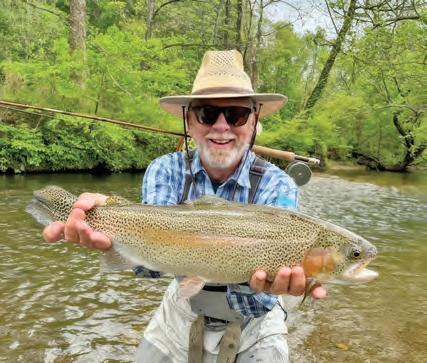
kids to trout sh in Smith Creek, bream sh in the lake, and enjoy activities like hiking to Anna Ruby Falls, zip-lining, kayaking, paddle-boating, and archery.
• Lake Burton Trout Hatchery: A short drive from Helen, this hatchery allows visitors to sh for stocked trout at Moccasin Creek State Park, explore wild trout streams upstream, bream sh at the lake shoreline, and hike to Hemlock Falls.
Whether you’re an experienced angler or a beginner, Helen, GA o!ers a diverse range of shing experiences and is a worthy destination to add to your bucket list.
Unicoi Out tters, established in 1994, is the Helen, Ga area’s premier y shop and guide service, providing expert guidance and quality gear to enhance your shing experience. Visit unicoiout tters.com to learn more about available trips, gear, and to book your next shing excursion. To learn more about Helen, GA, visit helenga.org.
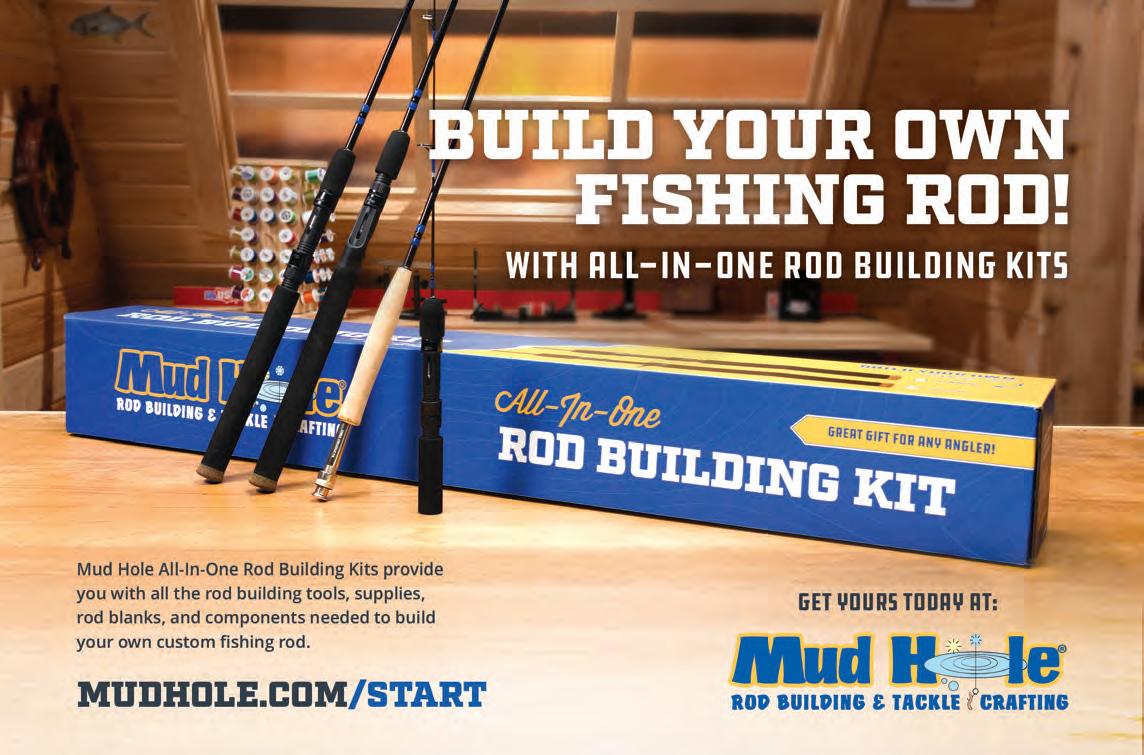


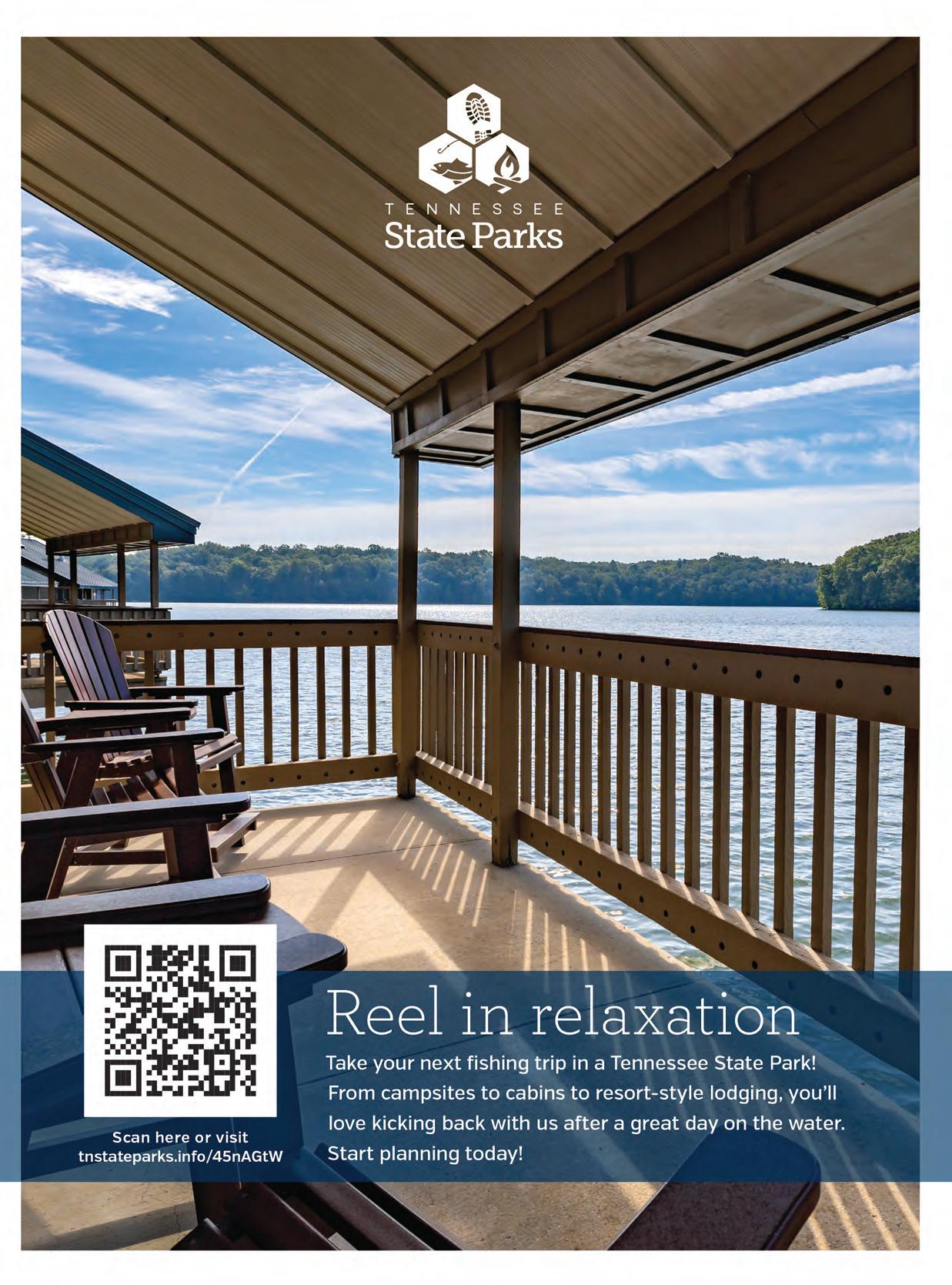


By Ben Martin, Editor in Chief

Chimney Rock Village, North Carolina was decimated by last year’s rare hurricane surge in the Rocky Broad River. Decimated. All ve of the village’s bridges, 30 percent of the small businesses, most of Main Street to Bat Cave, the village’s two campgrounds, over 35 RVs, and over 30 homes were washed away. With only one road in or out of Chimney Rock, no power, no public services and winter coming on, this little mountain village of 125 residents banded together to help each other. #ey immediately rolled up their sleeves and began the process of survival and renewal.
Always one of this writer’s favorite trout streams, Chimney Rock Village and it’s meandering Rocky Broad River was an annual sojourn for me and many anglers throughout the country.
I recently visited Chimney Rock and had the opportunity (privilege) to speak with the town’s mayor, Peter O’Leary, about the village’s reconstruction e!ort and how truly self-reliant these mountain folk are. According to Mr. O’Leary, volunteer groups like Spokes of Hope and the 101st Airborne showed up with much needed supplies and the Chimney Rock community, along with the volunteers, began the process of moving forward; volunteers like Shane Zoccole, Barbara Meliski, Joe from Wyoming, the whole Spokes of Hope crew immediately started pitching in.
#e river has taken a somewhat di!erent route through Chimney Rock. Some say its course now resembles its course from the mid 1800s when residents rst began settling the Hickory Nut Gorge. Today, crews are hard at work everywhere you look, roads are in and the future looks bright for a return to a new form of reality for both the residents as well as visitors. And while the course of the river has morphed, the sh haven’t gone anywhere, and while the riverfront buildings will invariably change, the beauty of the

mountains and the serenity and superior trout shing of the Rocky Broad River, along with the spirit of the residents will likely never be diminished. For that we wholeheartedly embrace the moniker of “Mountain Strong” for everyone involved in this heartfelt e!ort to reclaim and restore this beautiful mountain village.
Whether you’re chasing trophy fish or charting your next offshore course, your time on the water deserves the best in navigation and marine technology. Defender brings you UNBEATABLE PRICES and EXPERT SUPPORT on Lowrance and Simrad electronics—trusted by professionals and weekend warriors alike.

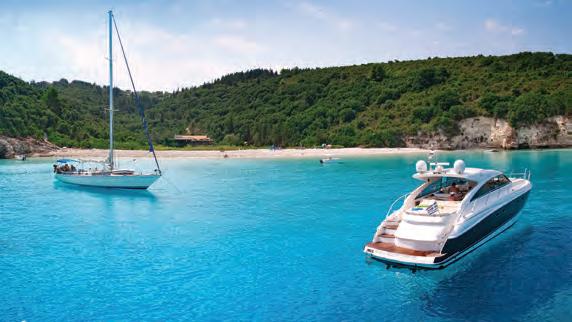
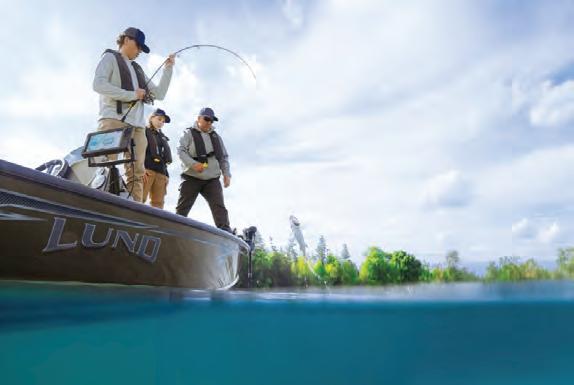


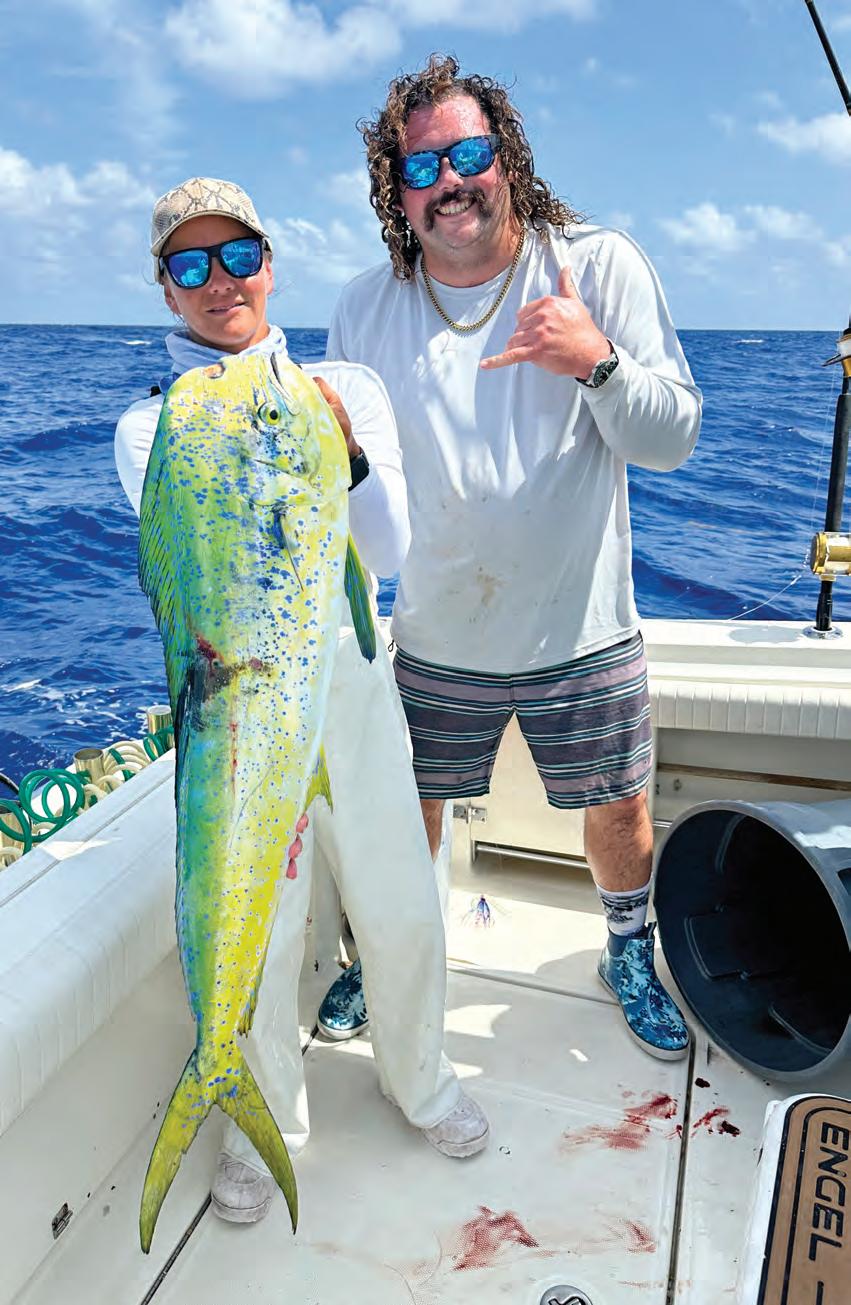

during the initial feeding frenzy.
If you have outriggers, trolling 4 lines is pretty straightforward. If your riggers have dual clips, the highest set clip will hold your longer lines. If you only have single clips, use them for longer lines with rigged ballyhoo, and run two chuggers from the gunnels, set closer to the boat.
If you dont have outriggers, you can use shorter rods or bent-butts for short lines near the back of the boat, and run two longer lines from taller trolling rods, set behind them midship, or just keep it simple and run two or three lines. #e most important rule of setting a spread is that lures that dive deeper should be set as shorter lines, running closest to the boat, while lures that skip the surface will be your longest set lines. #is gives you the ability to turn the boat without risking tangles. If your short chuggers are exactly the same, they can be run at identical lengths, otherwise, stagger them appropriately according to their weight and depth they run through the water.
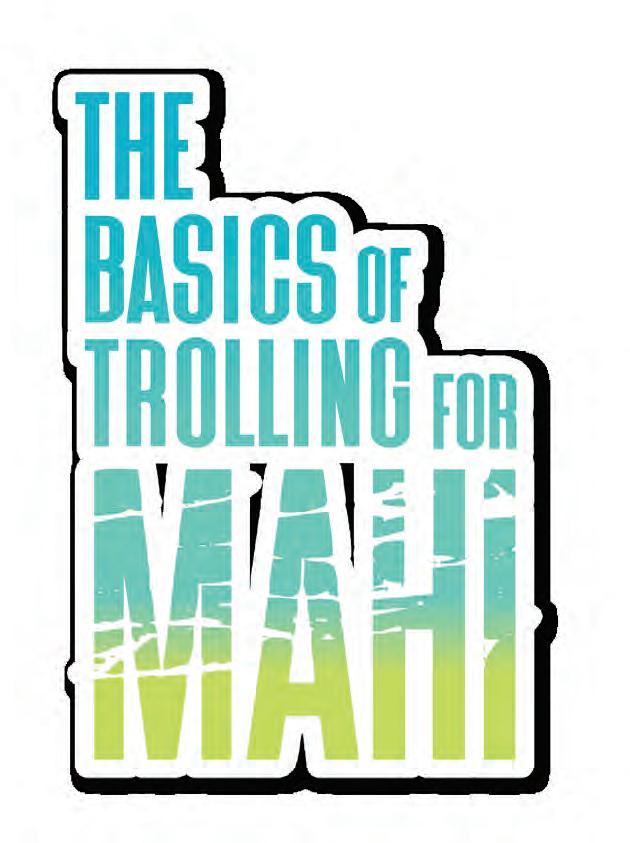
By Capt. Quinlyn Haddon
or new boat owners with a vessel and captain capable of getting o!shore, targeting mahi is a great choice for rst-timers who are wanting to push into the o!shore shery.
Mahi shing doesn’t require any predetermined coordinates, and anyone can head out there and nd them. Depending on your location and time of year, you can start looking for signs of life as shallow as 100’. #is time of year in the Florida Keys, you may have your best luck past 500’.
As you make your way o!shore, your hunt begins immediately. Your head should be on a swivel, scouring near and far for the telltale signs of mahi activity. Current edges, weedlines, debris, baitsprays, and diving birds found within the
desired depths, are all worth checking out.
When you have found one of these potential mahi zones, you will initially troll the area, and then move into casting at the school once you have hooked up to a sh.
Depending on your boat’s set-up, you can get the job done trolling 2-5 lines. It really isn’t necessary to go overboard with a mahi spread as they have a tendency to tangle lines, and a majority of your catching will be done a$er you have hooked up to a single sh. Once you have hooked up on the troll, you will have to clear all the other lines to prepare for casting at the school. If you have too many lines to clear, you may miss your opportunity for multiple hookups
If you want to run a $h line down the center, you can choose a long line that increases your chances of catching tuna. #is rod should be placed up high on the center of the boat in the rocket launcher and should have a very light lure that skips the surface. Alternatively, you can run it short from the transom, with a lure that dives deeper and increase your chances of catching wahoo.
If you opt for the short $h line, be aware that running anything with treble hooks is not recommended for targeting mahi. Not only do ip like rabid snakes when in the boat, but as they jump and shake when hooked, they can send that lure %ying back at you if they are successful in freeing themselves. Choose a wahoo lure with single hooks if you are running this type of spread.
If you go with a long line as your $h line, be mindful that you will likely catch more weeds this way. #is is a better option in open water while trolling under birds rather than weedlines. It also makes cult to make tighter maneuvers. Always make wide turns, and speed up through them to keep the lines tight and maintaining the lure’s action.
Once you’ve hooked into a mahi, slow the boat but keep it in gear while you clear the other trolling lines. Bring the hooked sh close to the boat, but leave it swimming in the water as it will act like a chumbag to bring his buddies up to casting range. Grab your spinning rods with 50-80# leader and an 8/0 j hook, toss on a live or chunk of bait and cast out behind the hooked sh. Let back, occasionally stopping the line with your nger and giving it a little twitch and then continuing to free-line it back. When you get a bite, give the sh a few seconds to eat awnd then close your bail and reel. Once you have all your rods hooked up with sh, start taking them into the boat one at a time and casting back into the school, holding multiple hooked sh in the water as you start rotating them out.
If you aren’t quite ready to go solo yet, give Sweet E’nuf Charters a call to book a mahi catching trip and we’ll teach you everything you need to know to make the mahi fear you.
Happy hunting!
Capt. Quinlyn Haddon guides with Sweet E’Nuf Charters out of Marathon, e Florida Keys. (504) 920-6342. www.captainquinlyn.com; IG: @captainquinlyn
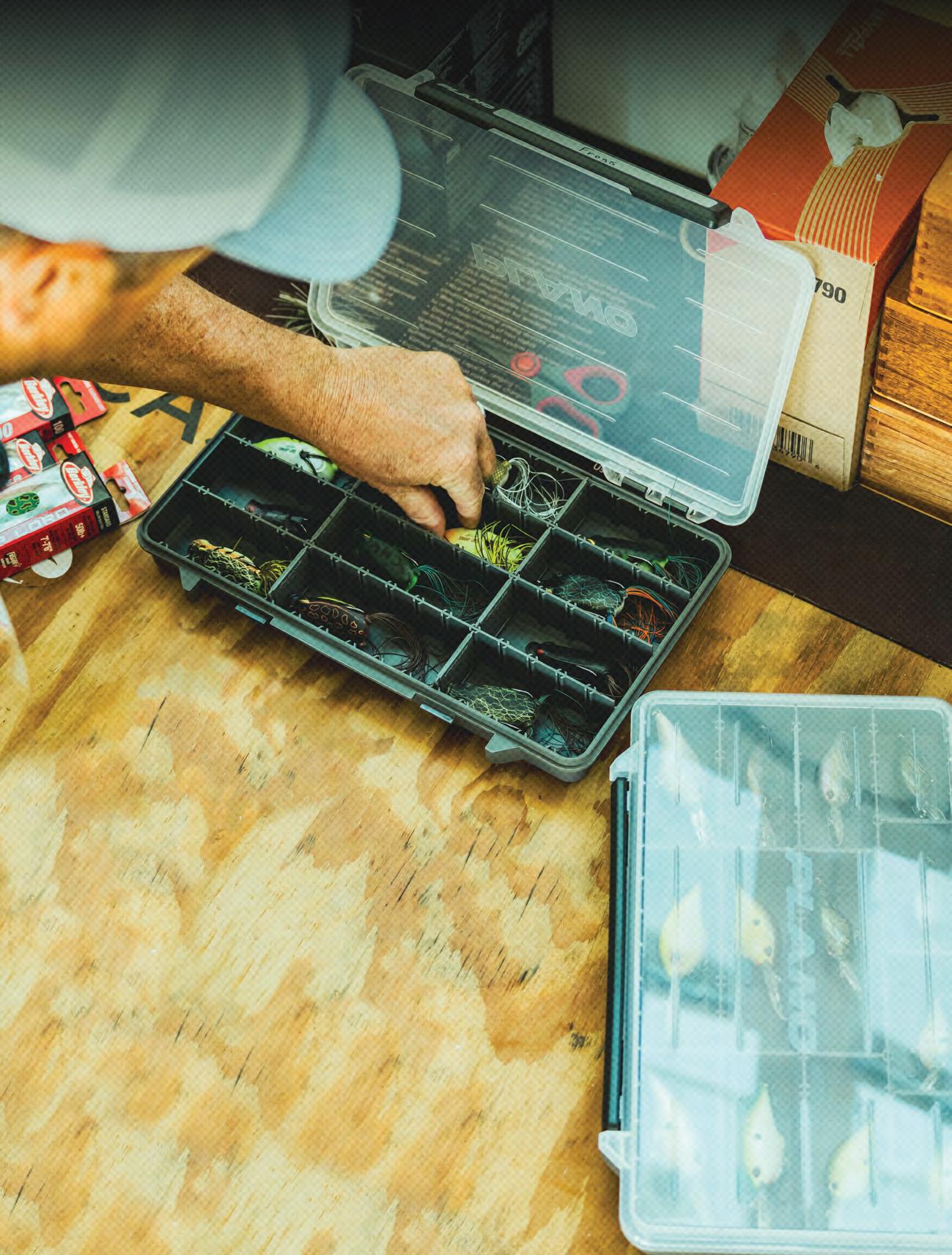
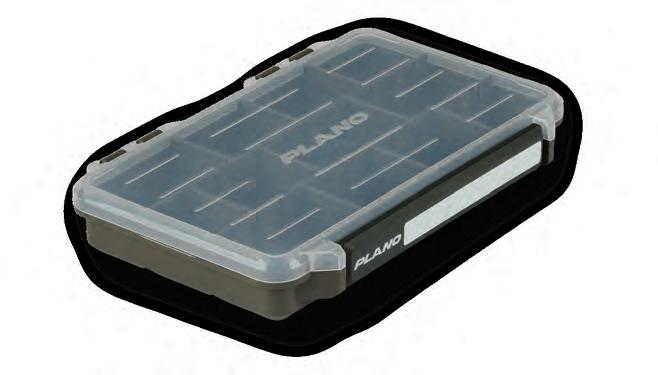
CAPT. DAVID C DILLMAN
832-228-8012
galvestonbaycharterfishing.com
“Memories light the corners of my mind” How true is this, throughout one’s life? Travel experiences, including places that have changed over the years that may not even exist anymore. Anglers have that one epic day that is forever caught in their memory. The place that it happened may have changed, but not the memory!
As the fireball, known as the sun, arose from the East, we had high hopes for the day. We headed out of Eagle Point Fishing Camp to a place where I caught fish the previous day. This day, my friends were with me, Ed, Louie, and my mentor John. John had taken me under his wing when I started fishing out of Eagle Point in the late 1980’s. My thought on this day was, “we can catch quick limits and get back early for some much-needed rest.’ I caught them the day before, so this should be easy, but God and Mother Nature had a little change of plans!
The bow of my boat pointed 90 degrees East as I pushed the throttle forward. Seas were quartering us from the port side, I thought, no way do we have a Northeast wind. Our heading had taken us to Hannas Reef in East Galveston Bay. Hannas is one of the largest reef structures in all of Galveston and in the summer months very productive for Speckled Trout. Upon arrival, we were greeted by Northeast winds 15+, turning the area rough and off colored. Three drifts with live shrimp under popping corks yielded nothing for our effort. Was it time to change locations?
John suggested we move towards the North shoreline to escape the wind and rough conditions. I wanted to make an easy day of this, but did God have other plans? Just when we were about to move, I glanced over to a little shell island about 1 mile from where we were known as Bull Shoals. I told John, “We can get on the protected side of the island, throw out the
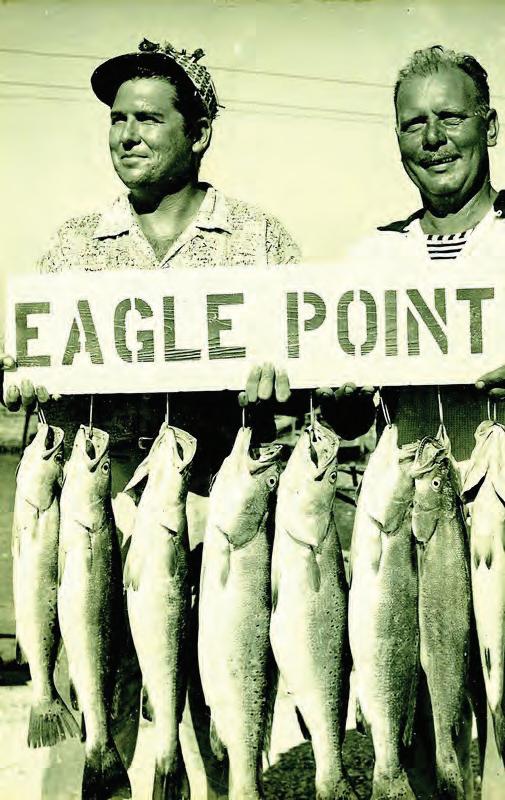
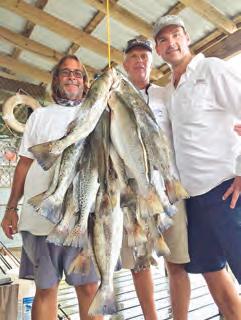
anchor and wait for this wind to lay.” John, not real thrilled but he agreed. We idled in towards Bull Shoal, dropped the anchor. Louie and Ed decided to eat their lunch early. I thought why not and grabbed a sandwich. John was having none of it, he came to fish, baited his hook and cast out his popping cork named ‘infamous orange’ into the water. Just as soon as the cork hit the water, he had a fish. A trout no less, so I preceded to net his fish. My thought, blind luck. John is just that way when it comes to fishing, he can catch them in a mud puddle! He baits up again, a couple minutes later, and another trout. Has God, landed us on a school of fish?
Lunches were packed away quickly. By divine intervention, we had landed on a school of fish, all caught on live shrimp and the infamous orange popping cork, made by our late friend Gary. Along with the Speckled Trout, we also boxed some Redfish. Before it was all over, boats had gathered around us, one even bumping into our boat trying to get in on the action. God had other plans and for some reason, those fish on this day were ours! Before long, within 4 hours, we were headed back to Eagle Point, out of bait and of course slick calm water as the wind finally laid.
As we pulled into my slip at Eagle Point, the docks were empty of fisherman, due to the wind that morning. One person was there Gene, who kept his boat in a slip. He chuckled and asked if we had any luck, not expecting anything. We all answered ‘yes!’ and preceded to string the fish up for a picture. He walked off in disbelief, calling Gary telling him of the catch. John of course called Gary on his way home, and all Gary said was, “Gene told me, believe whatever they tell you!”
To this day, this was the largest stringer of fish I have been a part of or seen at Eagle Point. This took place in the early 90’s, on Bull Shoals that has been submerged due to subsidence. We all have not fished together in many years, but this day still lights my memory in the corners of my mind!
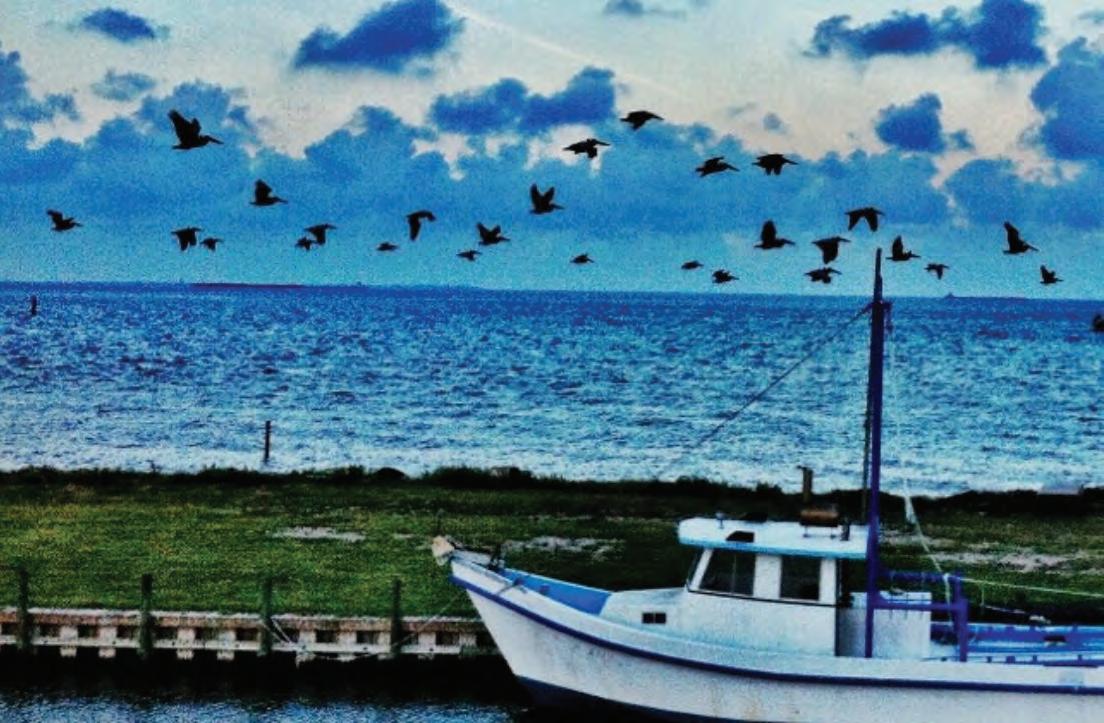
What’s made Eagle Point Fishing Camp unique since 1929 is its location and business model. Because it’s in the center of the Galveston Bay, EPFC allows anglers to conveniently fish a vast stretch of water spanning from Houston to Galveston. Using the same full-service concept as its date of establishment, EPFC has proven for nearly a century that easy access to the water combined with a skilled staff creates the perfect fishing experience. Along with the boat ramp, boat storage, live bait for purchase, tackle shop, and RV park, EPFC has always had a fleet of shrimp boats to supply the bait that so many of their regular customers desire. Their successful commercial shrimping business has been an intricate part of what makes EPFC unique.
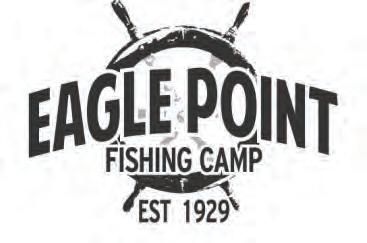
www.eaglepointfishingcamp.com 101 1st Street San Leon, TX 77539 281-339-1131
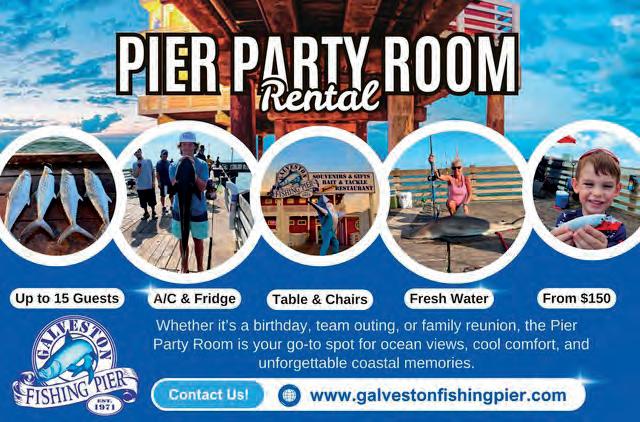
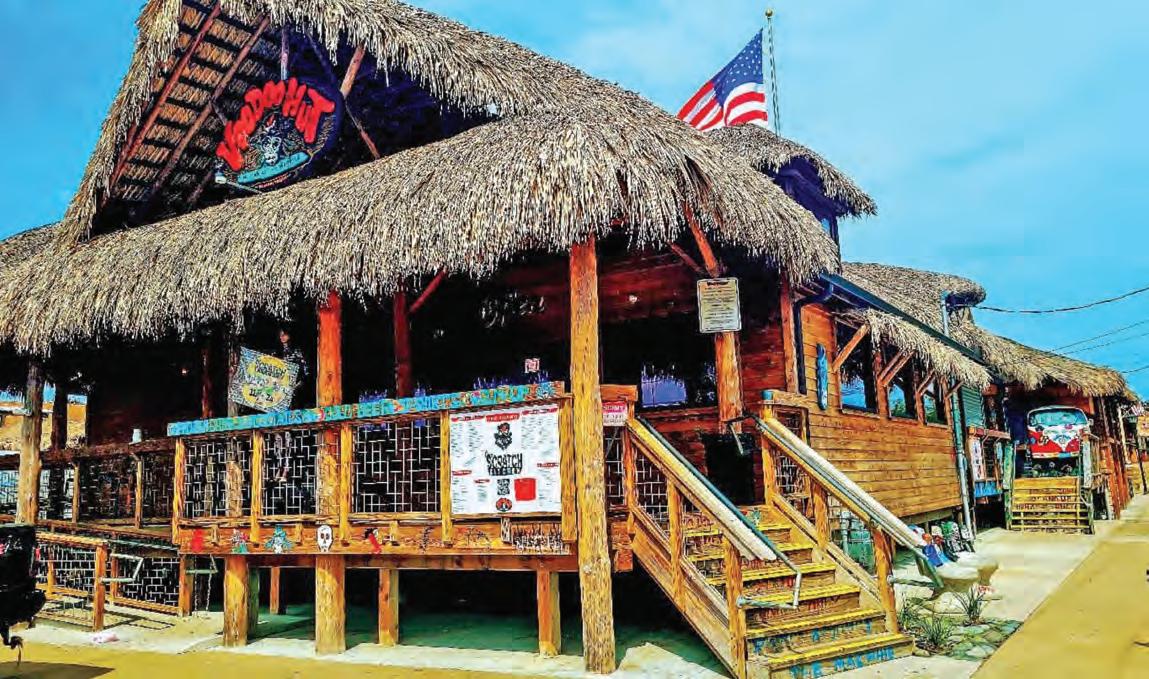








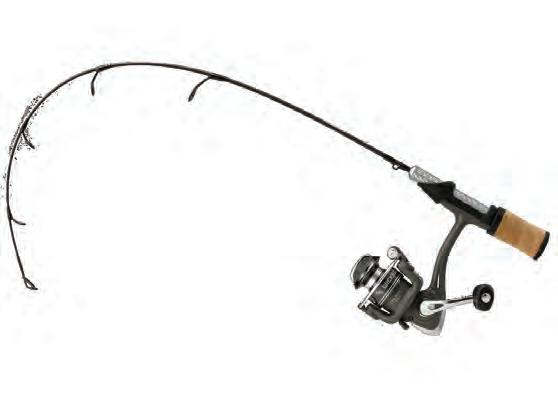




CAPT PAUL MARCACCIO
T.P. & W. & USCG License Marcaccio Fishing Academy captpaul@gofishgalveston.com www.gofishgalveston.com
Speckled trout have extremely large mouths, and when they strike, they usually take the whole bait. But this doesn’t mean they swallow the shrimp instantly. They hold the bait for a one or two count before ingesting it.
Many times, salt-water anglers believe that trout take the bait headfirst. A lot of times, after a solid hit with live shrimp, the bait appears to be squeezed together (head to tail), giving the impression that trout grab the shrimp from the side rather than headfirst.
numbers.
As far as some species are concerned the larger the bait, the bigger the fish that is likely to be caught. In the case of speckled trout, however, the bait must be tailored to the waters being fished. Shrimp five to seven inches long make good bait for trout between four to six pounds, or when you are fishing jetty waters or in passes or channels that hook up the bays to the Gulf of Mexico.
Large shrimp are less effective in the bay areas. It has been my experience that shrimp about three or four inches are ideal to secure good stringers of trout.
Whether you hook the shrimp through the next-to-last section of the body, from the tail, depends on the size of shrimp and its stage of life.
Very small shrimp are difficult to hook under the spike. There are also times when the shell is very soft. In both cases you need to hook the shrimp in the last part, next to the tail.
I prefer to always use the latter method. The bait appears more natural, and chances are you will not hook the area under the spike (commonly refereed to as the brain).
Many times, I feel it’s how you present the bait that will make a difference on whether the trout takes it at all.
Sometimes try hooking the shrimp under the bottom (or belly), giving the look of a crippled bait. Other times squeeze the head just enough to crack the shell. This also gives the bait a disabled look and the juice will attract the trout due to the smell.
There are times when the fish nibble and peck instead of striking hard. This usually occurs several times each year when the fish have what we call “sore mouth”. This is when the two canine teeth become loose. Apparently, the trout shed these teeth. I’ve caught speckled trout with two long teeth, with one long and one missing, and I’ve even seen big trout with two small teeth.
When you have this happens to you while fishing, hook the live shrimp through the second body part from the tail, rather than under the spike or last section. “Sore mouth” specks nibble at the underside and soft part of the shrimp, much like piggies or pan fish. If you take the time to examine more closely, you can tell whether it’s trout or piggies. Unlike pan fish, trout leave puncture marks and clean bits on the bait.
Specks will also nibble at the bait in the dead of winter when they are sluggish due to the cold. This is a time when the fisherman ought to use small shrimp, preferably ones with soft shells. It also helps in winter fishing to hook the shrimp near the tail, but through the lower part of the body.
There are times when live bait is unobtainable, at any price.
“Fresh” dead shrimp is excellent. Try heading and pealing it before putting it on the hook. Suspend the bait under a popping cork about three feet. Hook the entire shrimp through the body. “Jiggle” the rod tip and pop the cork carefully to give it a little action.
Another alternative to live shrimp, and my all-time favorite, is the use of artificial lures.
Successful fishing with these baits is an art that is not acquired by accident. It requires a technique that takes time, patience and practice. Until it’s mastered, this type fishing can be quite unproductive. But, regardless, have fun while fishing and enjoy the outdoors. See y’all on Galveston Bay.
1 Tue
2
3 Thu 4:26 0.6 1:25 0.7 8:06 0.6 10:28 0.1 6:23 8:24
4 Fri 6:44 0.8 10:53 -0.1 6:23 8:23
5 Sat 7:19 0.9 11:21 -0.2
6
7
16
17
20
21
22 Tue 8:08 1.2 6:32 8:18
23
24
25 Fri 10:07 1.0 5:39 0.9 2:24 -0.4 3:16 0.9 6:34 8:16
26 Sat 10:35 0.9 6:48 0.9 3:09 -0.3 4:00 0.8 6:35 8:16
27 Sun 10:56 0.9 8:05 0.8 3:50 -0.2 5:01 0.7 6:35 8:15
28 Mon 11:12 0.8 9:41 0.7 4:26 0.0 6:04 0.6 6:36 8:15
29 Tue 11:24 0.8 11:37 0.6 4:58 0.2 6:59 0.4 6:36 8:14
30 Wed 11:31 0.8 5:24 0.4 7:45 0.3 6:37 8:13
31 Thu 1:56 0.6 11:29A 0.8 5:37 0.6 8:27 0.1 6:37 8:13
































www.USHarbors.com Eagle Point, Galveston Bay, TX - Jul 2025


2
































Clear Lake, Galveston Bay, TX - Jul 2025
































































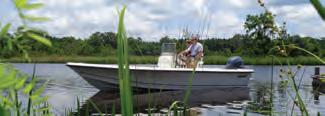




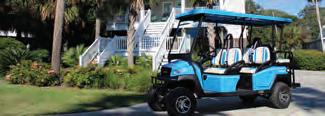



As the number of anglers continues to grow, it becomes more important than ever to be a marine resource steward as well as show others respect when on or near the water. By respecting the marine environment and the people in it, we can help ensure good fishing for generations to come and safe fishing experiences. After all, respect for nature and for other anglers is what fishing is all about.
Some ways you can help be a marine resource steward and make the right kinds of waves include:
1. Be an ethical angler: Ethical angling means knowing when to keep and when to release your catch while always handling fish with care. This includes knowing and abiding by regulations and being able to identify the fish you target.
2. Be ready at the ramp: Prepare your boat and equipment before launch. At a fuel dock, get fuel, pay and move out of the way.
3. Wear your life jacket: Set a good example for others and stay safe.
4. Watch the wake: Stay at least 200 feet from shoreline and other boaters and follow no wake zones. Always yield to wade fishermen.
5. Boat safely: Know who has the right of way and when. All operators of recreational boats less than 26-feet that have an engine cutoff device must wear an engine cut-off switch. This device helps prevent accidents by cutting off
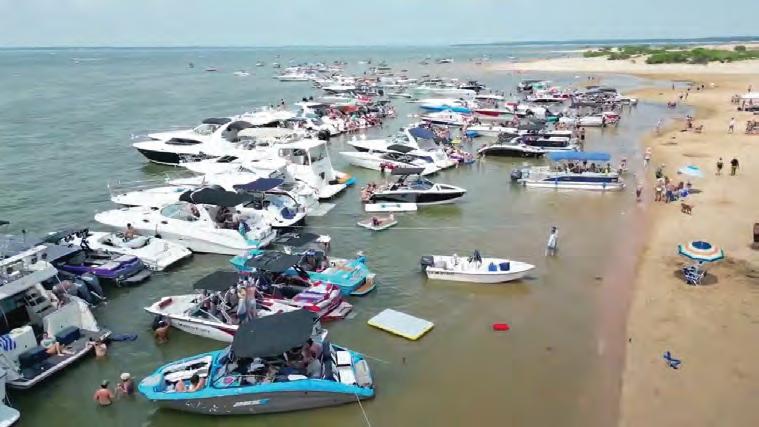
6. Be courteous on shore: Don’t shoreline fish in areas or during times of day when there are a lot of swimmers. Don’t crowd anglers who are fishing from shore.
7. Stash your trash: Recycle fishing line and dispose of trash in a proper receptacle ashore
8. Coming in for a landing: When anchoring up, watch how other boats tie off and
do the same. If you think you are too close to other boaters or anglers, you are probably too close. Mind the current and be patient and wait for others to move before docking.
9. Keep the noise down: Sound is amplified over the water, which can disturb other boaters and those who live near the water.
10. Give anglers space: The sounds or wake from your boat can cause an angler to lose their catch or drive fish away.
Port Aransas, TX — The Pipeliners Association of Houston celebrated another milestone in community engagement and charitable giving during its 14th Annual Fish Out, held in picturesque Port Aransas, Texas. Coinciding with Texas’ Free Fishing Saturday, the event brought together more than 1,200 anglers from across the pipeline and energy industries for a weekend full of sunshine, friendly competition, and a strong commitment to supporting education.
This beloved two-day event, now a staple on the industry calendar, once again proved to be more than just a fishing tournament. With an impressive $400,000 raised for the Pipeliners Association’s scholarship fund, the 2025 Fish Out broke records while breaking bread — with attendees enjoying expertly prepared meals and refreshments courtesy of generous sponsors.
“This event continues to grow each year, not just in numbers but in impact,” said one of the event’s organizers. “We’re thrilled to see the community come together in such a meaningful way — supporting education, networking, and having a lot of fun while we’re at it.”
The tournament provided opportunities for anglers of all experience levels to participate, with boats lining the docks and the water filled with excitement. From seasoned captains to first-time fishers, the spirit of
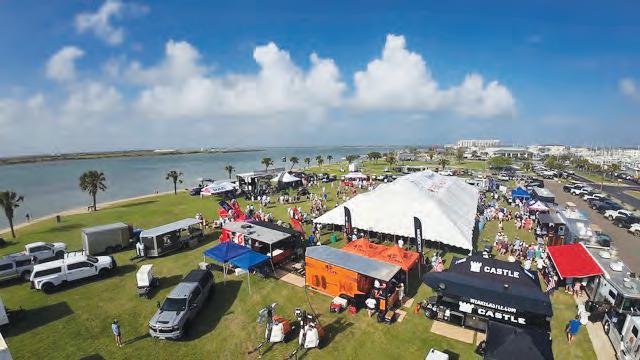
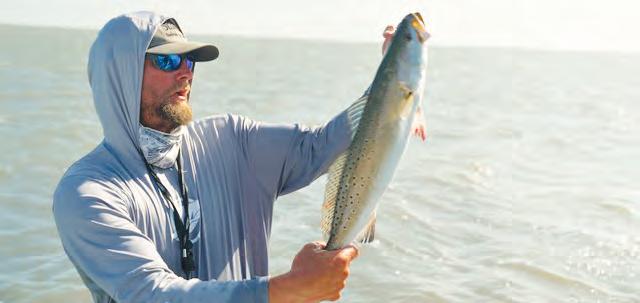
camaraderie was as abundant as the fish. Trophies and bragging rights were handed out, but the true reward was the collective effort toward a cause that benefits students aiming to pursue careers in the pipeline and energy sectors.
The Fish Out is about more than just casting lines — it’s about casting a wider net of connection across the industry. As families, friends, and colleagues gathered on the docks and around the seafood boils, the event served as a powerful reminder of the strength and unity within the pipelining community.
Beyond the fishing, the weekend featured raffles, sponsor booths, and entertainment that kept the festive atmosphere going strong well into the evening. This blend of fun and philanthropy has solidified the Fish Out’s reputation as a can’t-miss event that brings industry professionals together in support of a brighter future.
With planning already underway for the 15th Annual Fish Out, interest is expected to surge even higher. Those wishing to get involved — whether as participants, sponsors, or volunteers — are encouraged to reach out early to ensure their place in what has become one of the most impactful and enjoyable events of the year.
For more information about the Pipeliners Fish Out or to get involved in next year’s event, contact Jill Harsh at Jill.harsh@venablesconstruction. net or Mason McMurray at Mason@MACmaintllc.com. You can also visit the official website at www.houstonpipeliners.net.
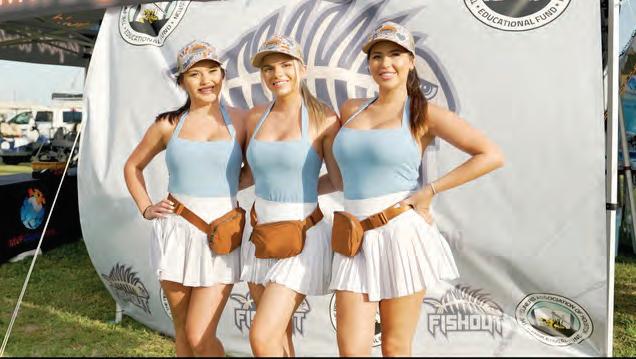
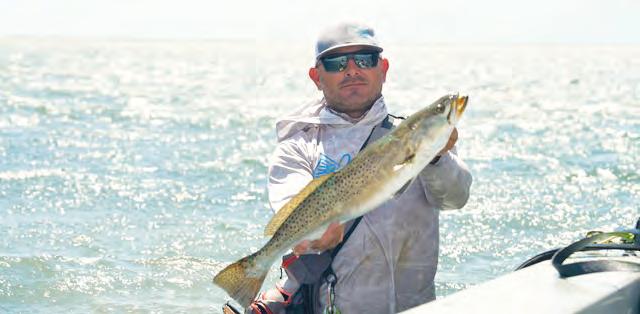
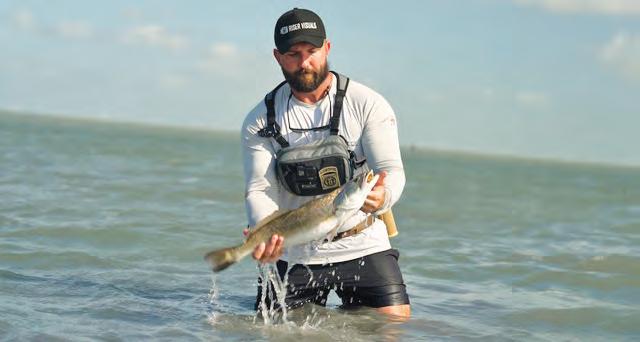
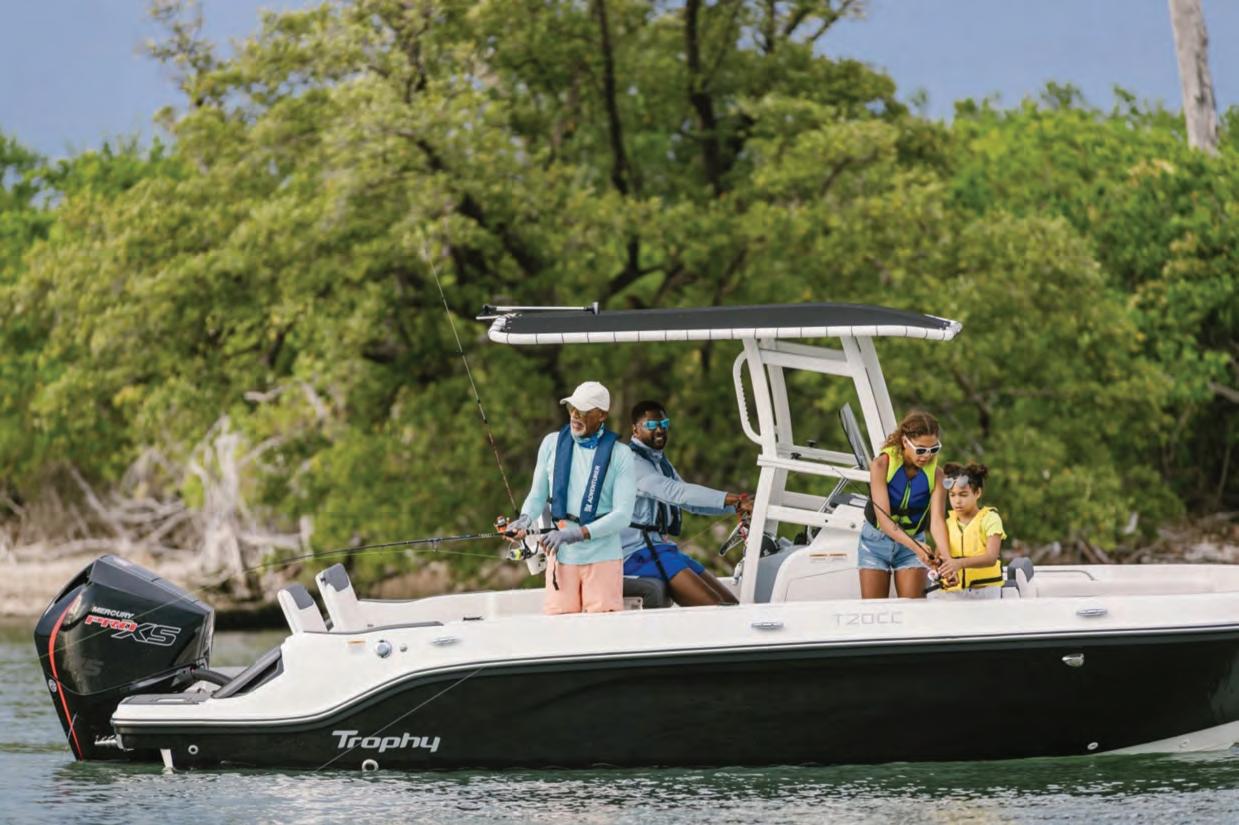
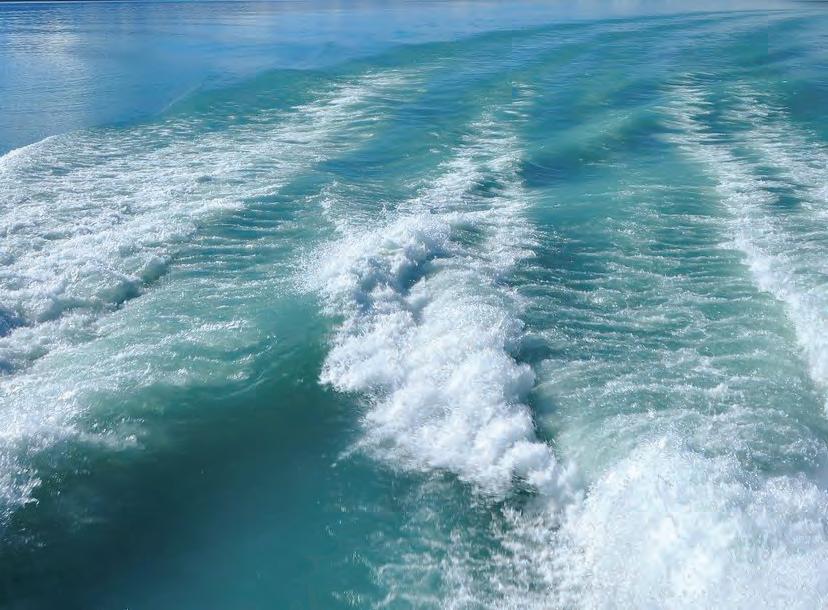
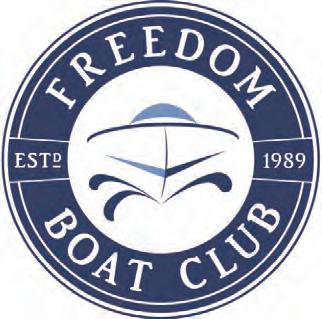




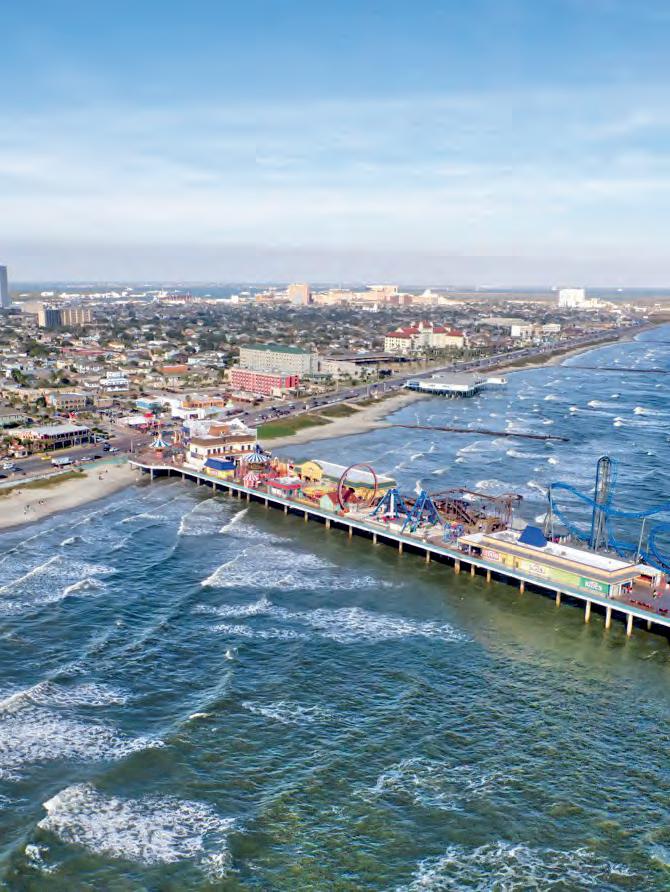
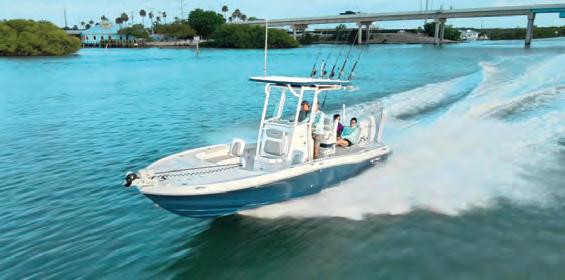



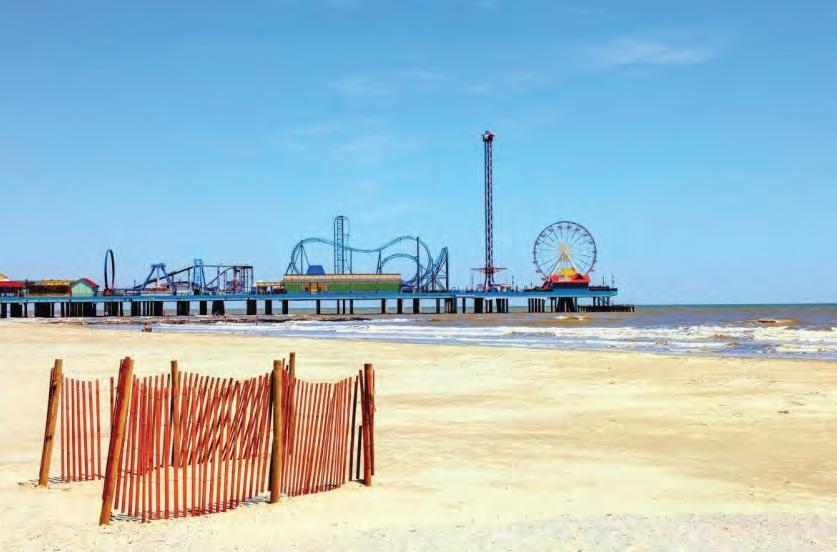
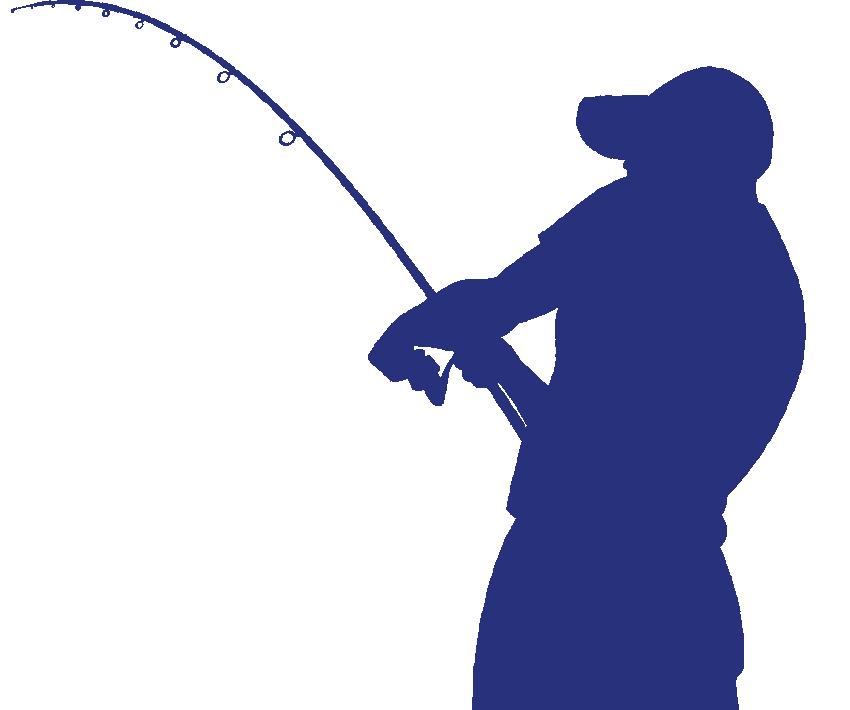

When it’s time to get on the water, your gear should be as ready as you are. Introducing the new and completely redesigned - Plano® StowAway®. Thick, pre-cut dividers make for easy box setup. More divider slots allow you to store more lures. RustrictorTM technology blocks rust and corrosion to help keep your favorite tackle rust-free. A single latch with a labeling area helps to quickly identify and access tackle on the fy. The best part? We’ve kept your favorite Plano StowAway at the same affordable price. Don’t just be kind of ready - be Plano ready.


July and August will be the hottest months of the year. !e wahoo and yellow nn will be everywhere and nowhere they should be. For example, you could go up and down the edge of the break and not nd a wahoo or a yellow n anywhere, but the guy slow trolling a menhaden for king mackerel 10 miles o# the beach catches a 100-pound wahoo or the guy 30 miles o# the beach light lining a pin sh while bottom shing catches a 50-pound yellow n. None of it makes any sense this time of the year, except one thing... nd the bait, nd the sh. !e same thing applies to bottom shing. !is is the time of year to search for big stacks of bee liners, cigar minnows, and sardines. Keep an eye on the recorder when you’re running to wherever you’re going, and if you see a big stack of bait on the surface, take a minute to check it out. If that stack of bait happens to be near pretty bottom, there’s a good chance it’s a good place to sh. !is is the time of year when it is especially productive to jig live cigars and sardines and put them back out.
whatever you want to, but stay focused on the bottom. Always keep a pitch rod handy with a live cigar, mina or sardine on a small circle hook and $ourocarbon. You never know when a sail sh will swim by the boat. When it does happen, remain calm do not go screaming and running around the deck because, chances are, you will spook the sh and not get another shot presenting a bait to it. If you’re very quiet, chances are a sail sh will come right back to the boat and you’ll get a shot at hand-feeding him a cig or sardine. And just like that...you’re hooked up!
It’s always a good idea to keep one person dedicated to the Sabiki. When you have big marks on the bottom or see schools of bait on the surface, just know that every one of those minnows caught on the Sabiki turns into a bite, either on the light line or on the bottom.
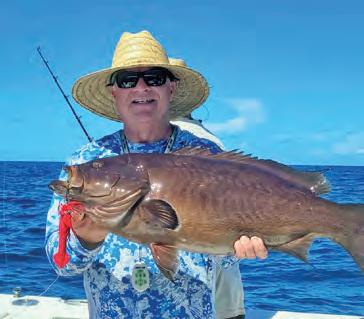
Of course, I have to say all of this to promote bottom shing because I do not believe in trolling. For all the sh you’re trying to catch trolling, you can hook on the light line while bottom shing. Not only that, sh are a lot more fun to catch on light tackle from an anchored-up boat rather than with trolling gear. Do I like to catch kings and dolphin on the light line? Yes. Are they my favorite sh to eat? No! Yes, they are edible, but I prefer to eat sh from the bottom. So, keep a light line out to catch and release
Needless to say, a live cig or sardine has a life expectancy on my Decoy Jig of under 10 seconds and everything eats one on the light line.
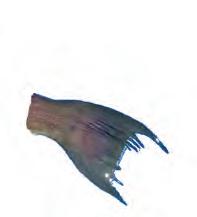
So, go to all your normal places in July and August that traditionally hold the bait, and you will most likely nd the sh. Live bait is always the best, but don’t ever leave the hill without a box or two of frozen cigar minnows. More sh have been caught on frozen cigs and sardines, than all the other baits combined. It’s never a bad idea to take live pin sh from the marina as well; the beauty live pin sh is that not everybody down there can put it in their mouth which eliminates a bunch of trash bites.
Yes, you will have to deal with catching and releasing all the “endangered” American red snappers and gag grouper, but that’s just what you’re gonna have to do until we can get this straightened out. Learn how to handle these sh properly for a successful release and come home with some good dinners.
Check out more from Tim Barefoot at barefootcatsandtackle.com.
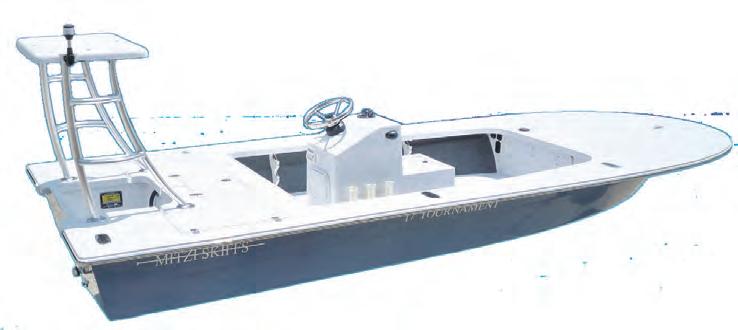

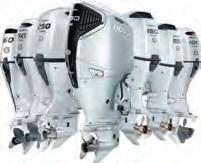
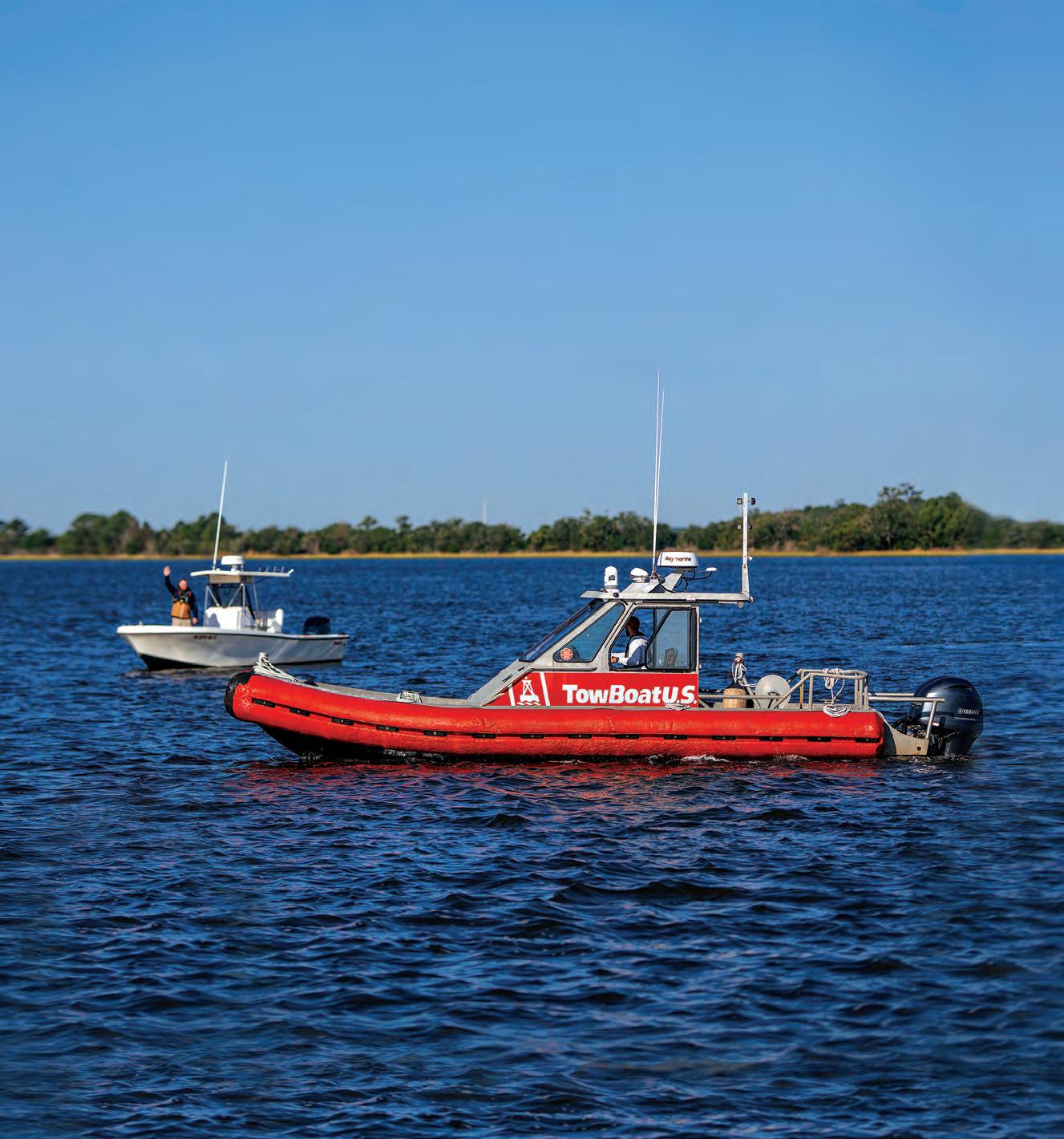
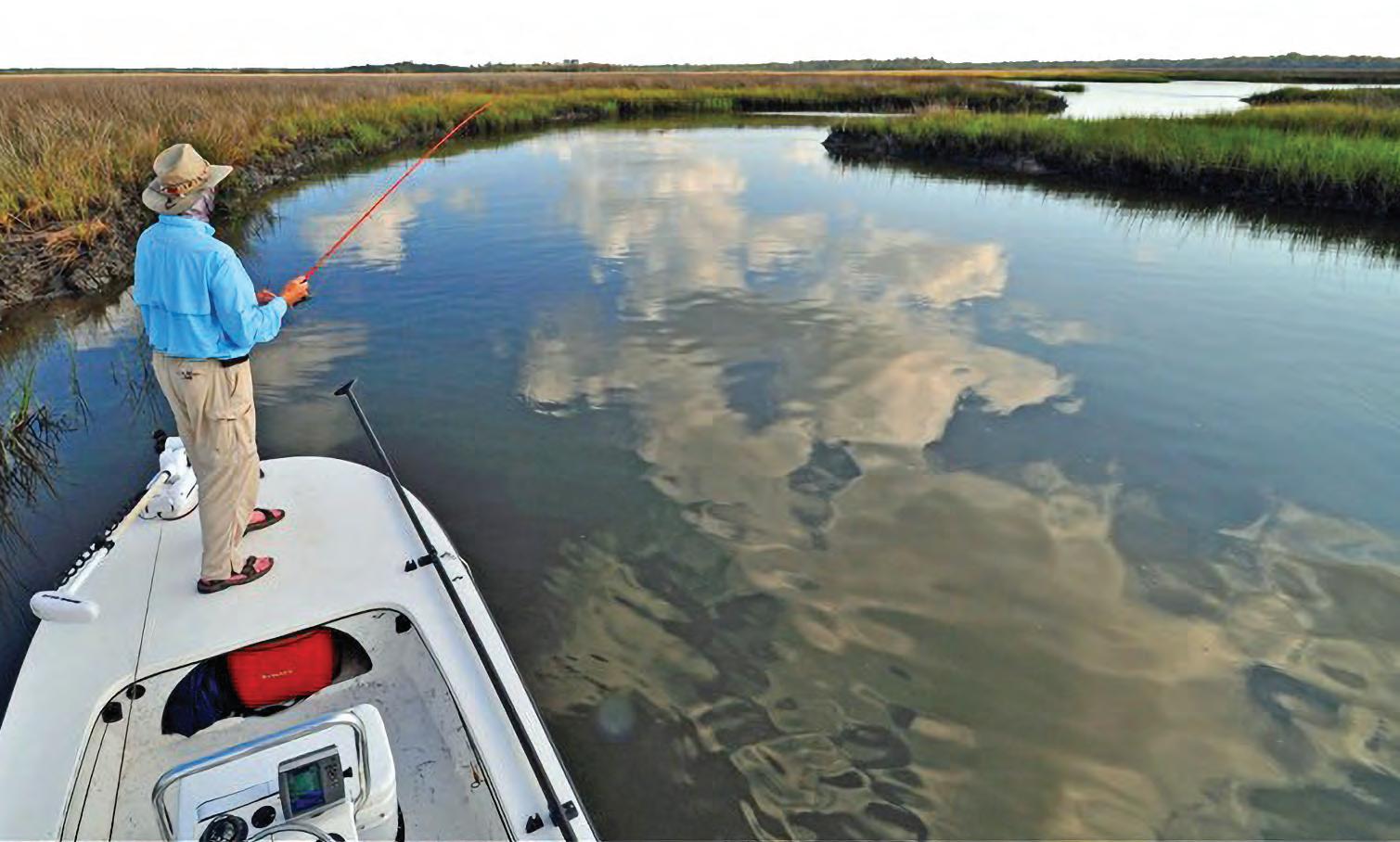
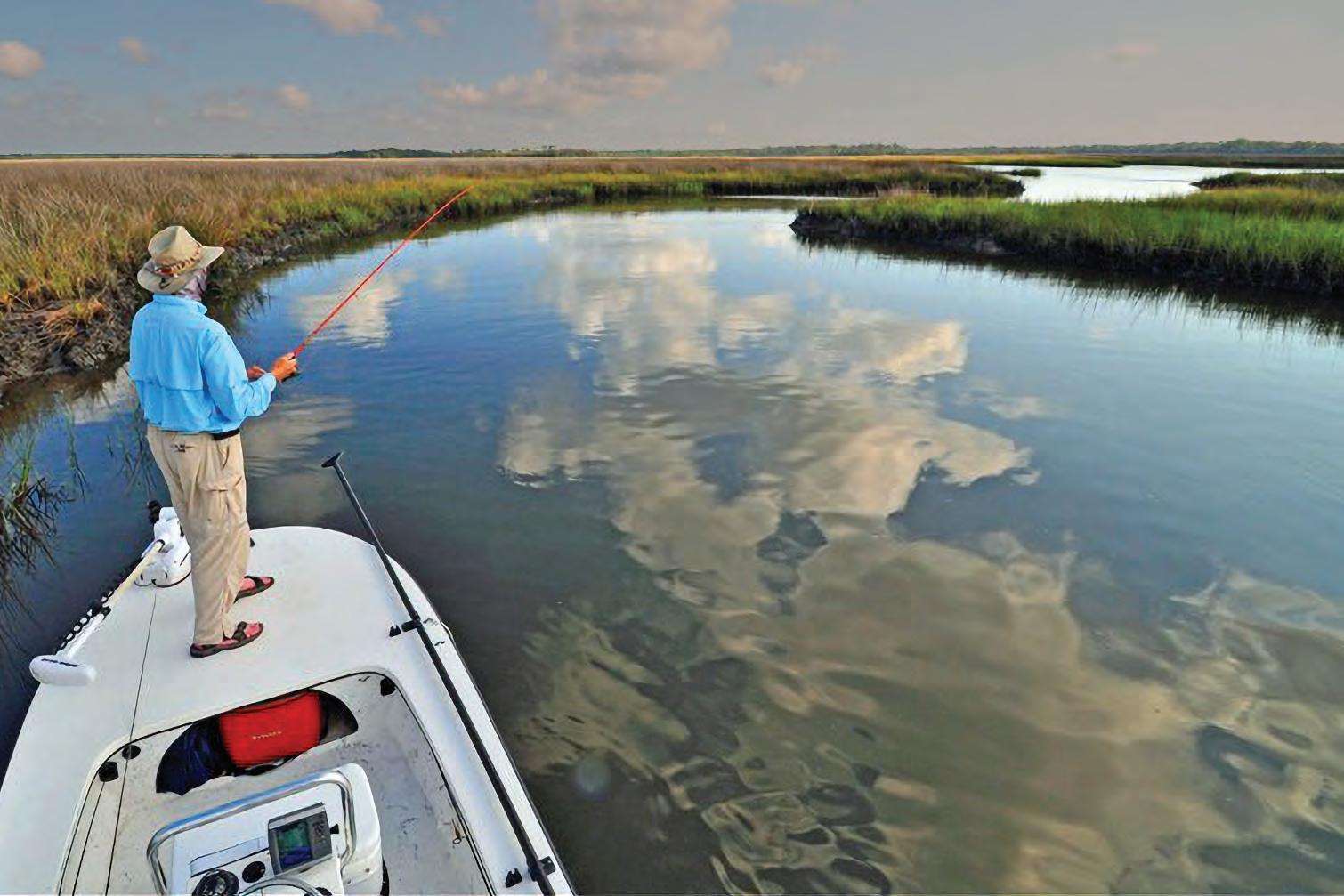




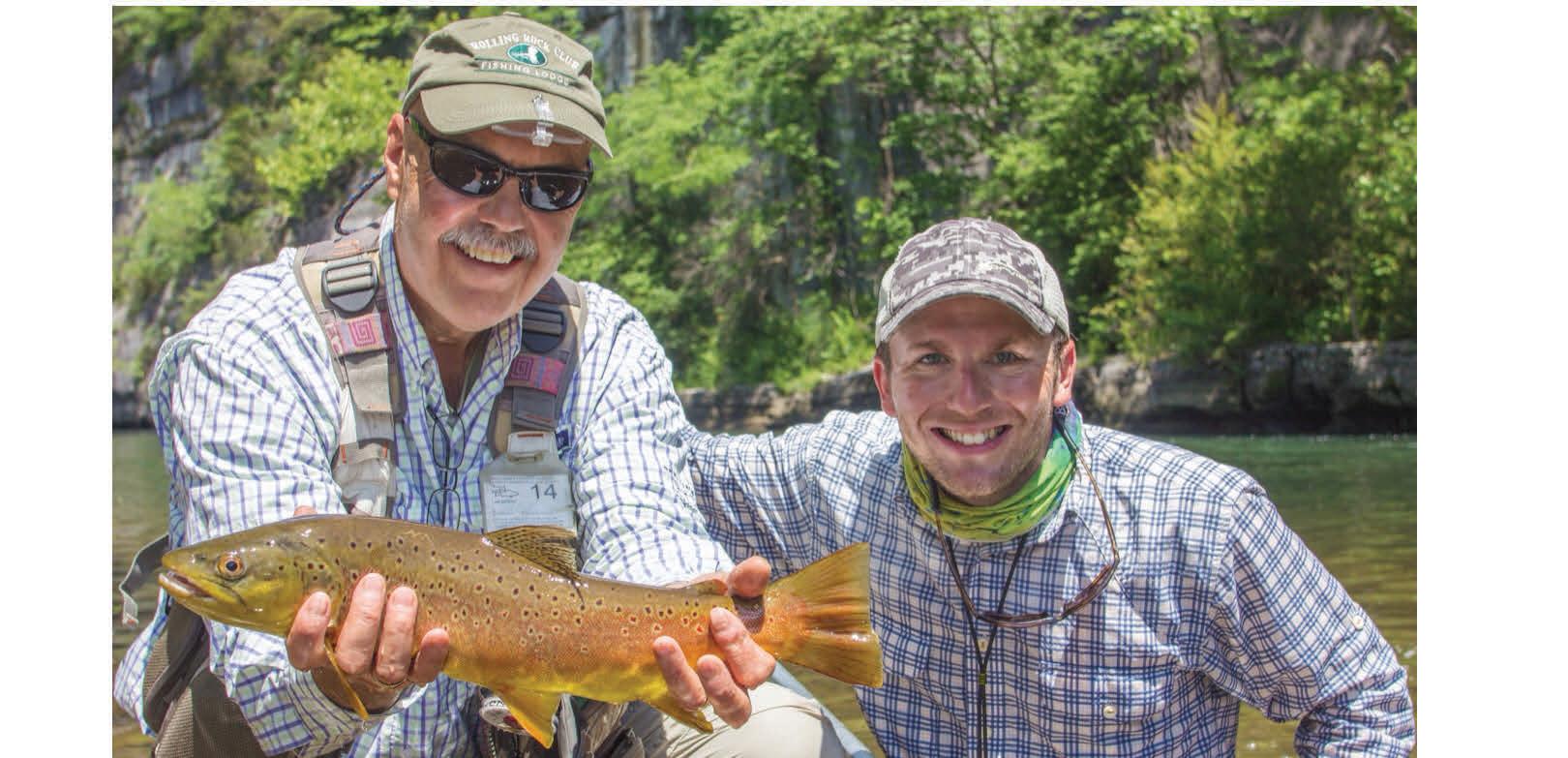




In general, the trend in boating these days is bigger is better. Right? Engine horsepower is getting higher and higher, and boats are being built able to accommodate two, four, even six engines. But what about the other end of the spectrum—anglers and cruisers that are looking for the ultimate in portable propulsion? Whether you are looking for a boost for your kayak or a reliable motor for your in$atable shing boat or tender, the perfect engine should be lightweight, easy to take on and o#, easy to use and provide the range and speed for almost any conditions. It should be selfcontained, so you don’t have to deal with lugging around a fuel tank, or even have to purchase and safely store gasoline on your boat.
Electric propulsion is the way to go, but no one has really gotten the
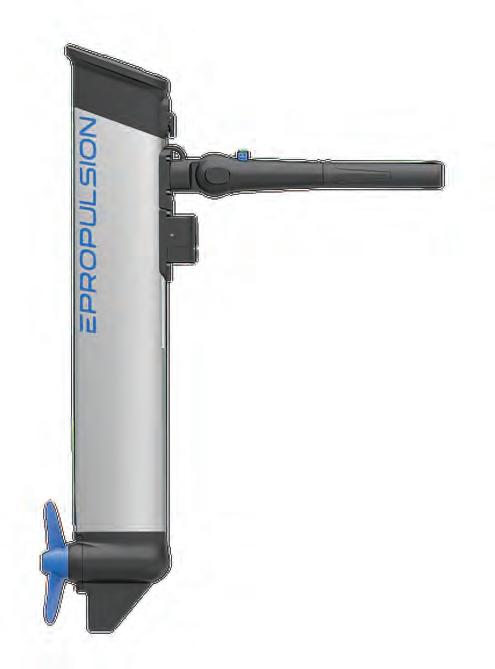
converters, the eLite can be fully charged in around four hours. For added capability and convenience, the engine includes a USB-C output that allows users to charge and power other electrical devices. At just under three-feet in length and weighing 14.7-pounds including the built-in battery, the eLite stores easily and the one-click quick-release bracket allows for installation and removal in a matter of seconds. For exceptional portability, the tiller handle converts to a perfectly balanced carry handle. With multiple trim and tilt angles, adjustable steering resistance and sha length, and a shallow-water mode, the eLite is completely customizable. Its Smart Battery Monitoring System e%ciently optimizes performance, carefully regulating battery level, temperature, and remaining state-of-charge all displayed on an ultra-simple interface, leading to extended range, a more energy-e%cient operation and longer battery life. Built to last, it is IP67 waterproof, and is constructed of aviationgrade aluminum alloy for lighter weight and greater durability. In addition, the anti-ground auto kick-up feature protects the motor from accidental damage. Available for under $1,000, it is also the most a#ordable electric outboard in its class.
!ere’s no time like today to upgrade to the electric outboard of the future. !e ePropulsion eLite is in stock and ready to take you quietly and sustainably to your next adventure.






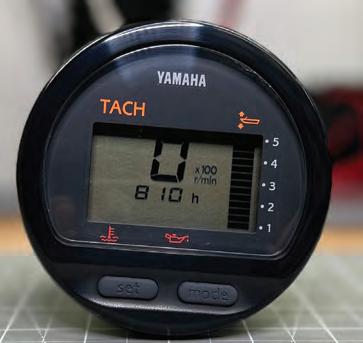



TYLER WOOLCOTT

Most of the time the saying is true, bigger bait equals a bigger sh! Although elephants eat peanuts, a big bait pro le is something sh can’t resist no matter if you are shing the open ocean or the Great Lakes. I have spent a lot of time over the last few years throwing baits bigger than my old “comfort zone” sizes for bass and it is pretty special what gets curious to come look or bite them.
!ere are many di#erent types of swimbaits out on the market, but I’ll break them down into two for this article to keep it simple. You have the hard, gliding-style treble hook swimbaits, or you have so body swimbaits that is more of a steady slow reel and most of the time more weedless. !ey both have an awesome time and place to get thrown and will both attract some very big sh.
Depending on where you are in the country and the size of the forage in your lake, a normal meal for a bass is usually much bigger than you think. A 6- to 8-inch bluegill is something a two or three pound bass would have no issues at all with swallowing and eating it whole. A 10+ pounder, on the other hand, could eat bait sh such as gizzard shad up to 14 inches, which I have personally seen. Trying to exactly duplicate the larger bait sh that are in your lake in a natural presentation is the absolute best way to draw attention from sh to your arti cial lure.
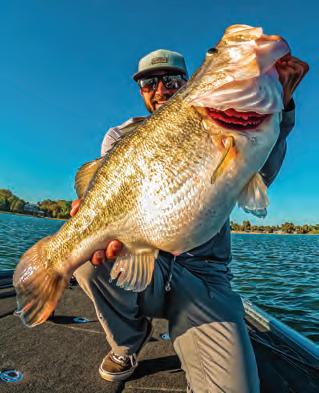
Most of the time when I am throwing a gliding-style hard swimbait, my rst choice is always going to be a shad imitation. A majority of the
places I sh are full of shad and this seems to be a favorite food source for bass when available to them. Another major large food source for big bass that a lot of people forget about are crappie. I have personally witnessed some absolute giant bass in multiple lakes that feed primarily on crappie. When throwing so swimbaits my go-to imitation is typically a bluegill. Usually when I’m throwing a so swimbait I’m wanting to either creep it through grass or along the bottom, which calls for a more weedless rig. Both places bluegill typically live and the bass that feed on them aren’t usually too far away. !ere are many di#erent brands of swimbaits out there, hard and so . When rst starting out I would stick to some of the a#ordable baits that have good reviews by users and are proven to work until you build up your con dence, then start working your way up to bigger and more customized things.
When throwing bigger lures like swimbaits you typically want bigger equipment to throw them. 13 Fishing makes an awesome, very a#ordable 8-foot rod in their Defy series that can handle most swimbaits I throw. Pair this up with a 300 sized reel like the 13 Fishing Concept A3 and some 20-25 lb. Su x Advanced Fluorocarbon and you are ready to go battle with some big sh!
It’s hard to t all the info needed to explain this technique in this article, but I hope it sparks your interest to get out there and throw a big bait. !e best way to learn is to get on the water and give it a try for yourself! I tried it once and now it is one of the coolest and most fun ways I target big bass all year long.
Don’t be afraid to reach out via my website or social media platforms with any questions you may have!
Good luck out there and tight lines!
Tyler Woolcott is a professional tournament angler and guide. Check out his website at www.tylerwoolcott shing.com.


Weighing just 30 pounds, the portable and versatile DF 2.5HP outboard motor is the lightest Suzuki 4-stroke motor ever built. This smooth and quiet engine is water-cooled for increased dependability, features a digital CDI, and its anti corrosion system ensures the aluminum propeller stays durable in marine conditions. Steering and throttle tension and control are easily adjustable. Simple steering action for maneuvering in tight quarters. Easy-to-grip carrying handle conveniently tilts the motor up when needed. Meets the rigorous EPA 2010 and CARB 3-Star Ultra-Low emissions standards.

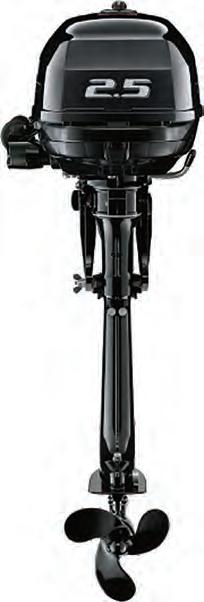
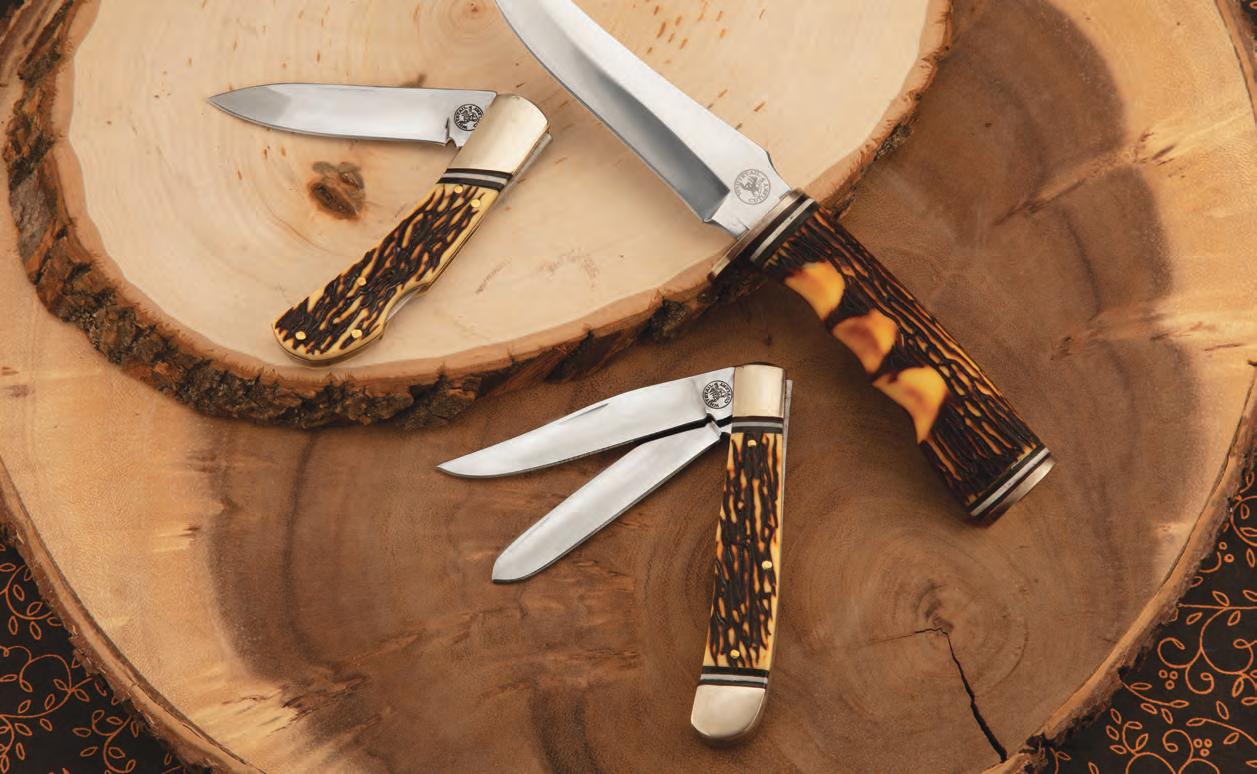
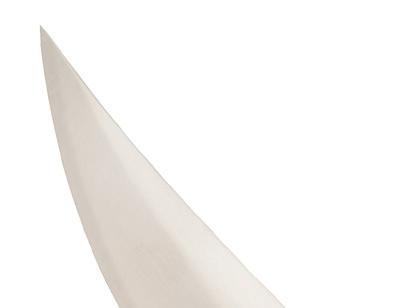
Three knives. ONE amazing price! Originally $249. Limited time special offer ONLY $69!
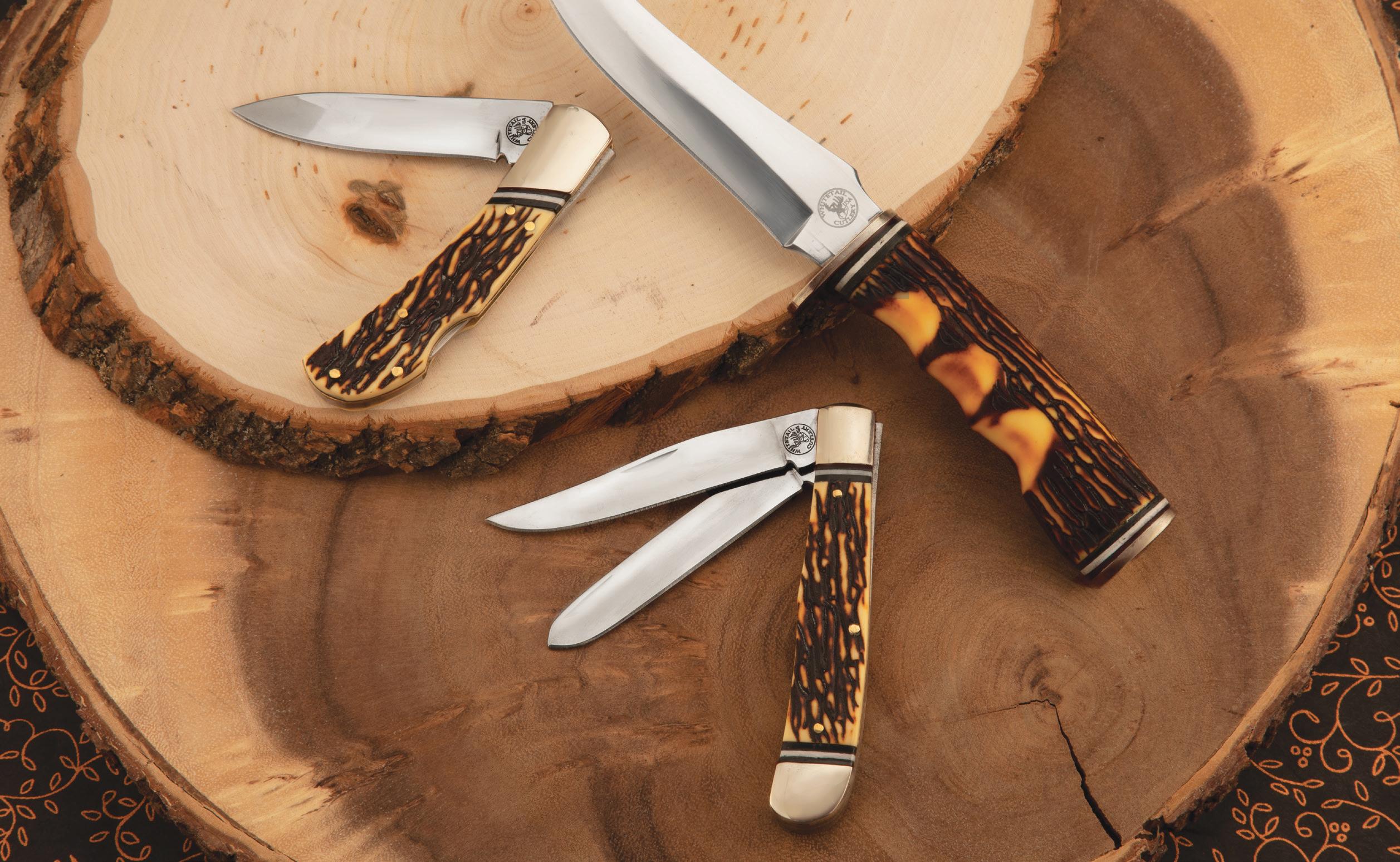
When you use your INSIDER OFFER CODE


— D., Houston, Texas TAKE 72% OFF INSTANTLY!
Looking for a knife that’s a cut above? We can do you two better. The Triple Play Knife Collection gives you three different styles of hunting blades for one unbelievably amazing price of just $69. Because serious hunters know that sometimes one knife isn’t enough, and so do serious collectors. All three blades in the Triple Play Knife Collection are made with genuine 440A stainless steel and measure an impressive 52-58 on the Rockwell scale for hardness. There’s the reliable lockback blade, designed to open up and never let you down. The two-blade trapper knife, engineered for those who trap small game, and a solid, simple, fine fixed blade measuring 9" in overall length, and the antler-textured handles on every knife complete the expert hunter look.


With all three blades along with a decorative display box priced at just $69, this is some big collectible prey worth hunting down. This deal truly is a cut above.

Satisfaction Guaranteed or Your Money Back. Try out the Triple Play Knife Collection for 30 days. If it doesn't make the cut, send it back for a full refund of the item price. Limited Reserves. We only have 850 available for this ad only at this incredible price. Call today!
What customers are saying about Stauer knives...
“First off, the shipping was fast and the quality is beyond what I paid for the knife. Overall I am a satisfied customer!”
Triple Play Knife Collection $249* Offer Code Price Only $69 + S&P Save $180
Your Insider Offer Code: TPK238-01
You must use the insider offer code to get our special price.

14091 Southcross Drive W., Dept. TPK238-01
Burnsville, Minnesota 55337 www.stauer.com
*Discount is only for customers who use the offer code versus the listed original Stauer.com price.
Rating of A+ California residents, please call 1-800-333-2045 regarding Proposition 65 regulations before purchasing this product.

• 3-piece set: 9" overall fixed knife with 5" blade; 4 ¹⁄8" trapper knife with two 3 ³⁄8" blades; 4" overall lockback knife with 3" blade • Stainless steel blades with antler patterned resin handle • Comes in decorative display box
Stauer… Afford the Extraordinary .®
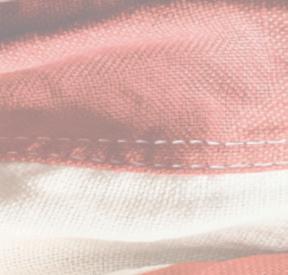















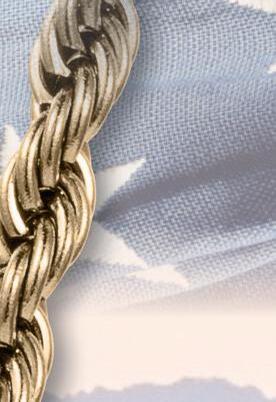




Troughout history, the eagle and the anchor have stood as enduring symbols of power and resolve. Te eagle, with its mighty wings and piercing gaze, has long been a representation of freedom and bravery, soaring high above, ever watchful and unyielding. Te anchor, frmly rooted, embodies stability and steadfastness, grounding even the fercest storms. Together, these two symbols have come to represent those who serve with honor - those who rise to meet any challenge, yet remain rooted in integrity.








Inspired by this profound symbolism, the Wings of Honor pendant brings together the soaring spirit of the eagle and the enduring strength of the anchor in one stunning design. Crafed from premium stainless steel and fnished with a luxurious 18k gold coating, this pendant is not just a piece of jewelry - it’s a tribute to the values that have defned generations of heroes.



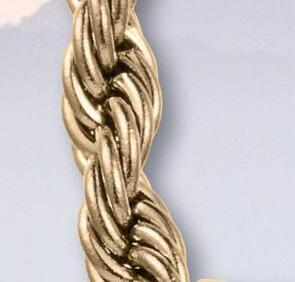






Te Wings of Honor pendant is a statement piece that speaks to the legacy of all who wear it. Whether as a gif for yourself or for someone whose story is woven with honor and valor, this pendant carries a deep sense of pride.




And now, this remarkable symbol of strength can be yours for an incredible price - just $39 plus S&H. By using the special code CA5WHP, you can secure this timeless piece, saving you more than you’d expect for such crafsmanship.
A lasting reminder of bravery and commitment, the Wings of Honor pendant connects the wearer to the rich heritage of those who stand for both freedom and stability. It is more than an accessory - it’s a refection of the values we hold close, ready to be passed from one generation to the next. Claim yours today, and wear your story with pride.










Wings of Honor Gold & Steel Pendant - $149 $39 - Save $110








$39 Special Offer






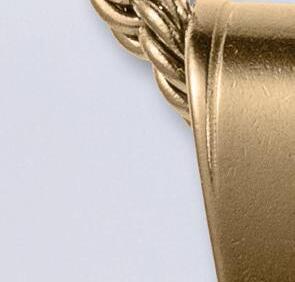
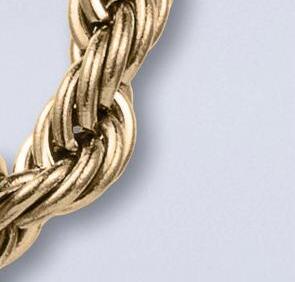










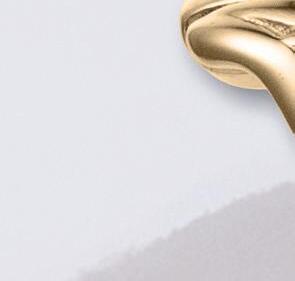
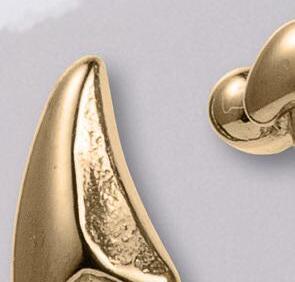










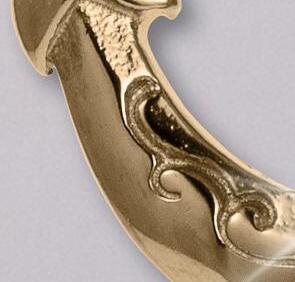

* Exclusive Ofer Price Using Discount Code Pendant & 24” 18k Gold Plated Rope Chain - $278 $59 - Save $219





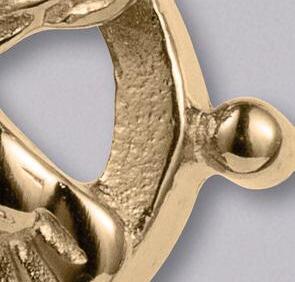
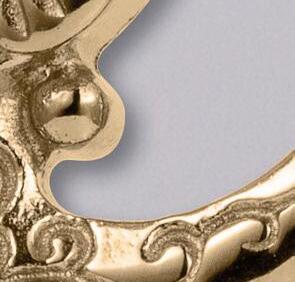
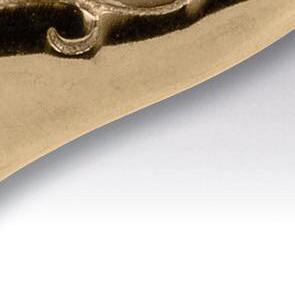

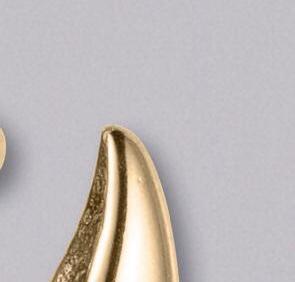


“No bird soars too high if he soars with his own wings”
- William Blake, English poet



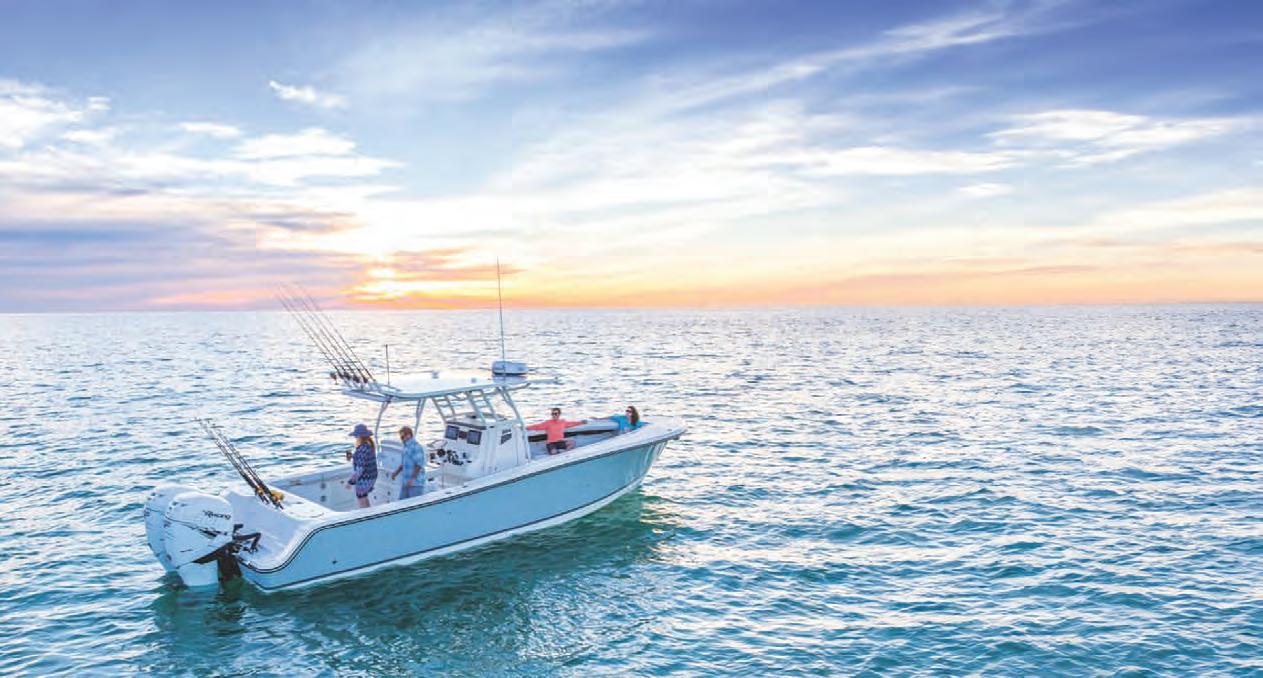


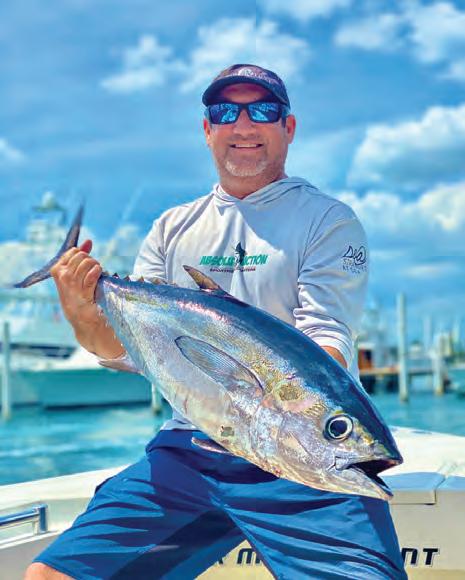



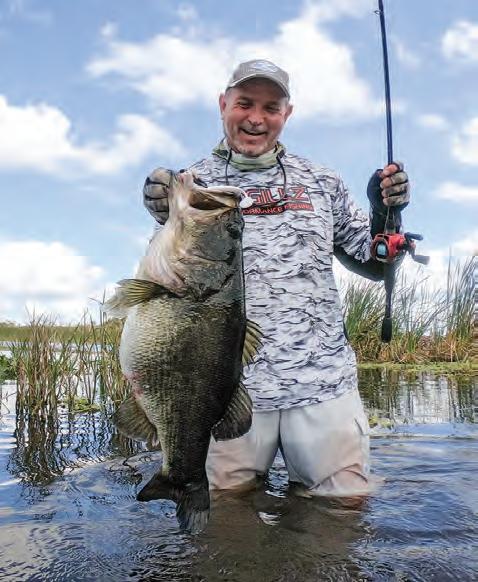



Whether you’re fishing from a paddleboard, kayak, canoe or small boat, the ePropulsion eLite 500W redefines your on-water experience with innovative features and commitment to sustainability. Designed to be the most compact and lightweight electric outboard in its class, the eLite is an easy-to-use alternative to small internal combustion engines for enthusiasts worldwide. Max 5.6 miles at half throttle and 3.5 miles at full throttle.
